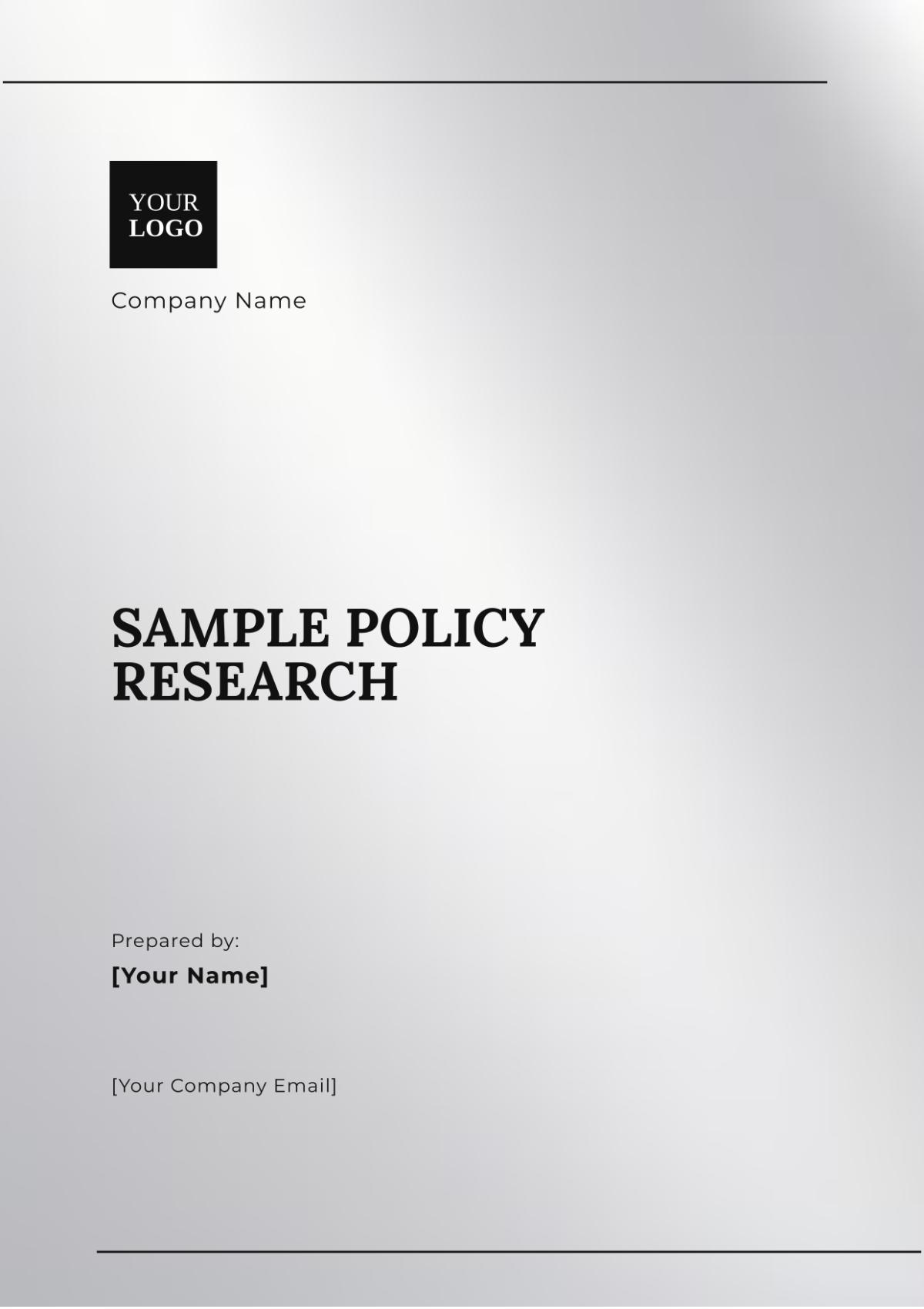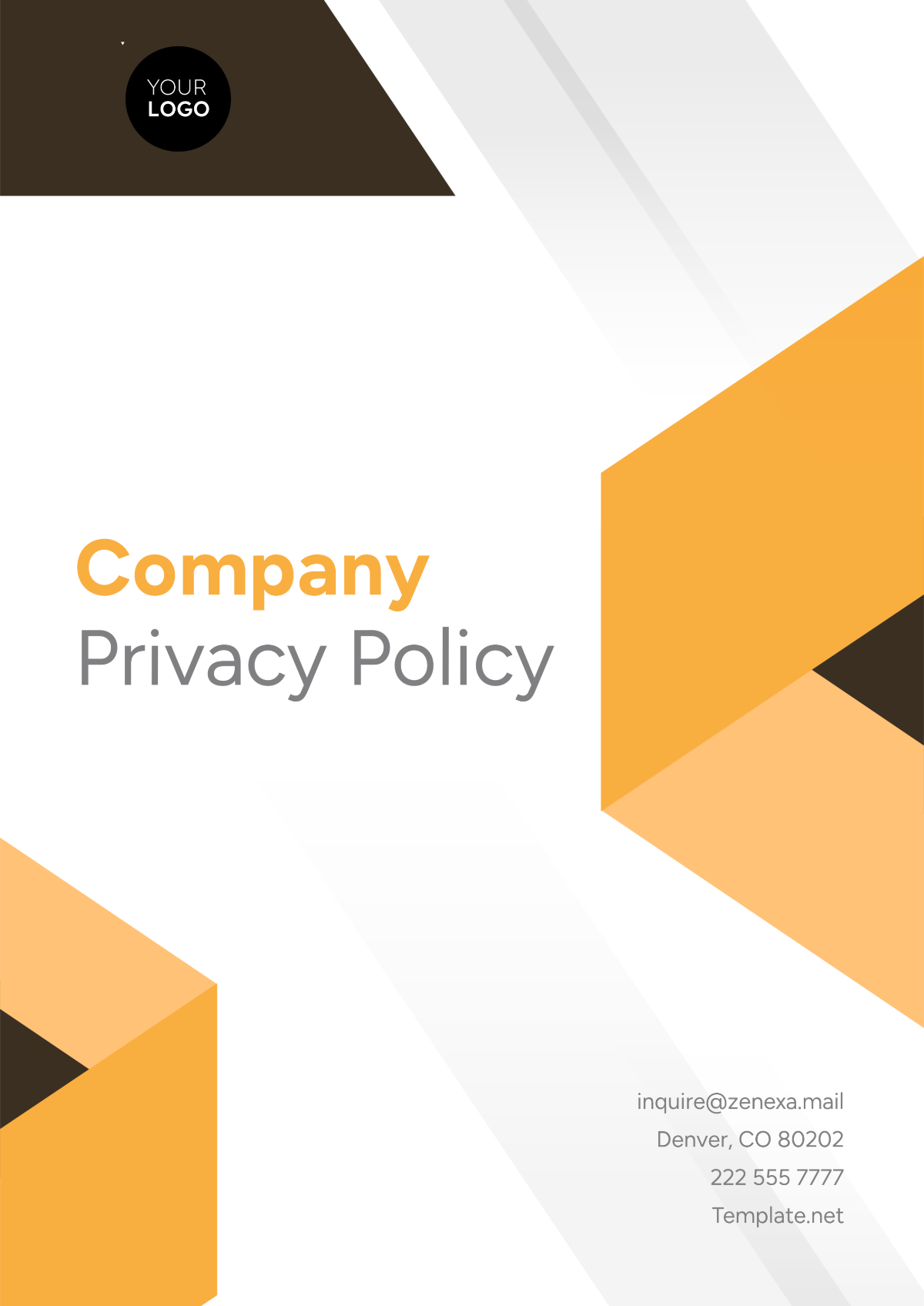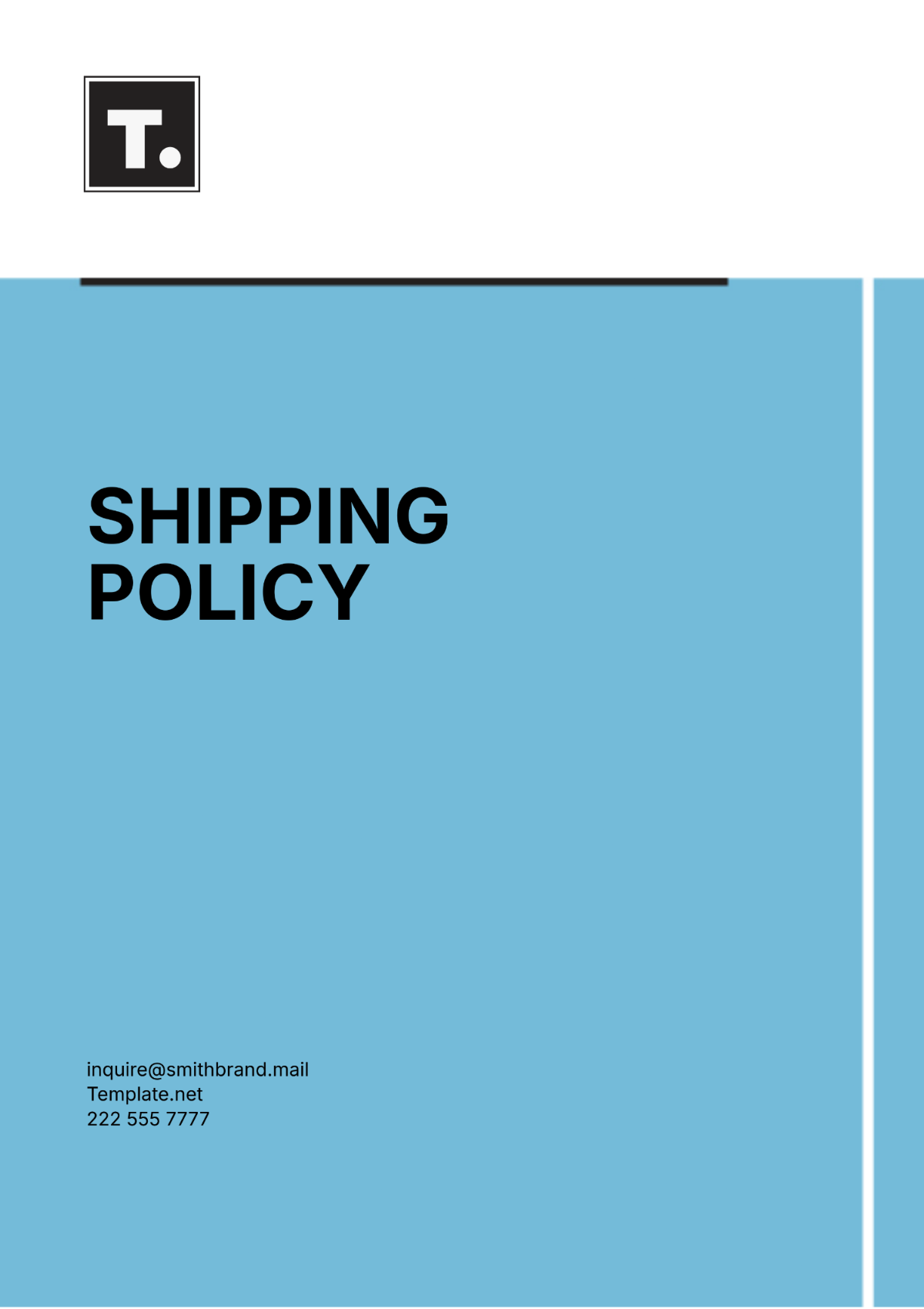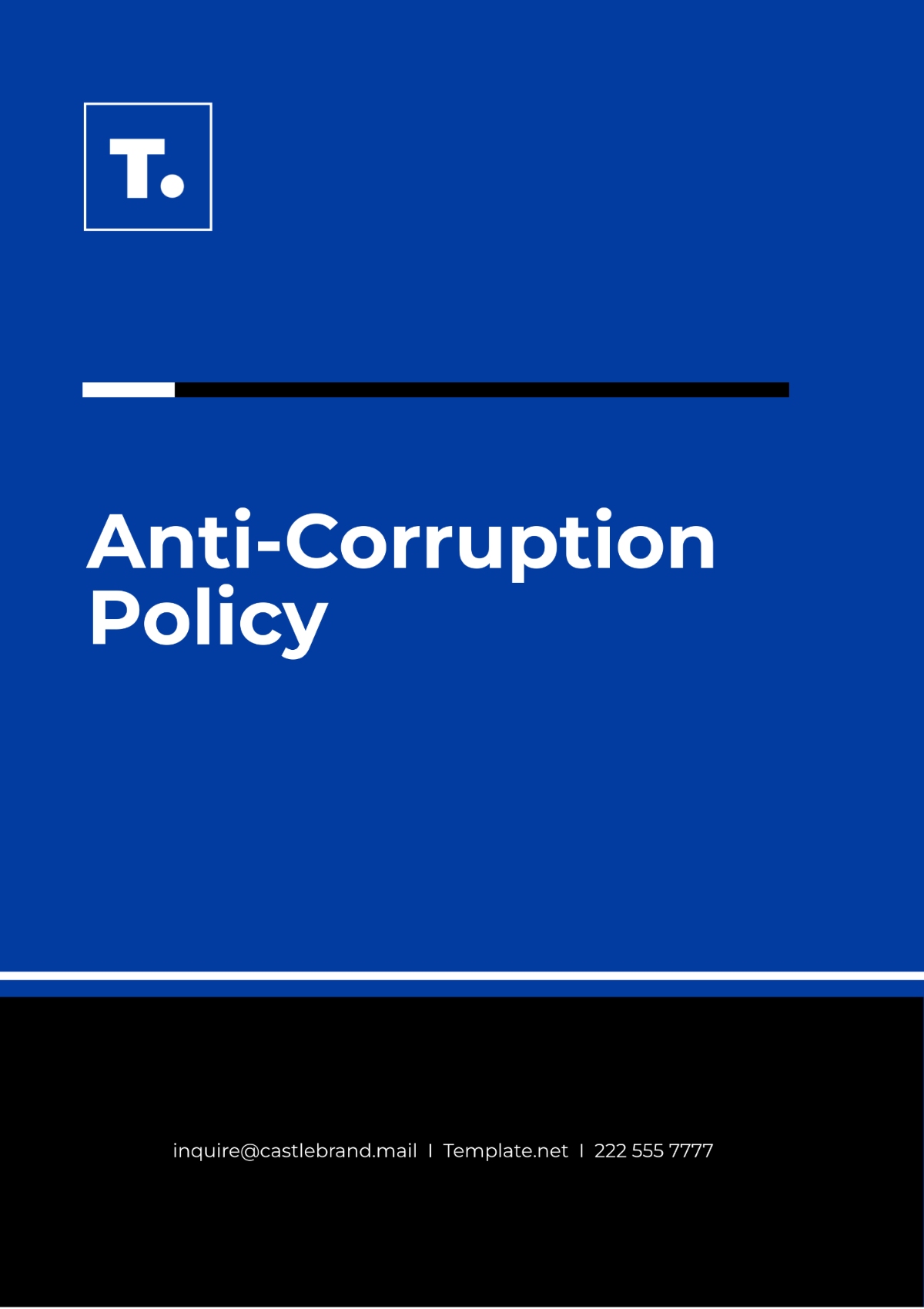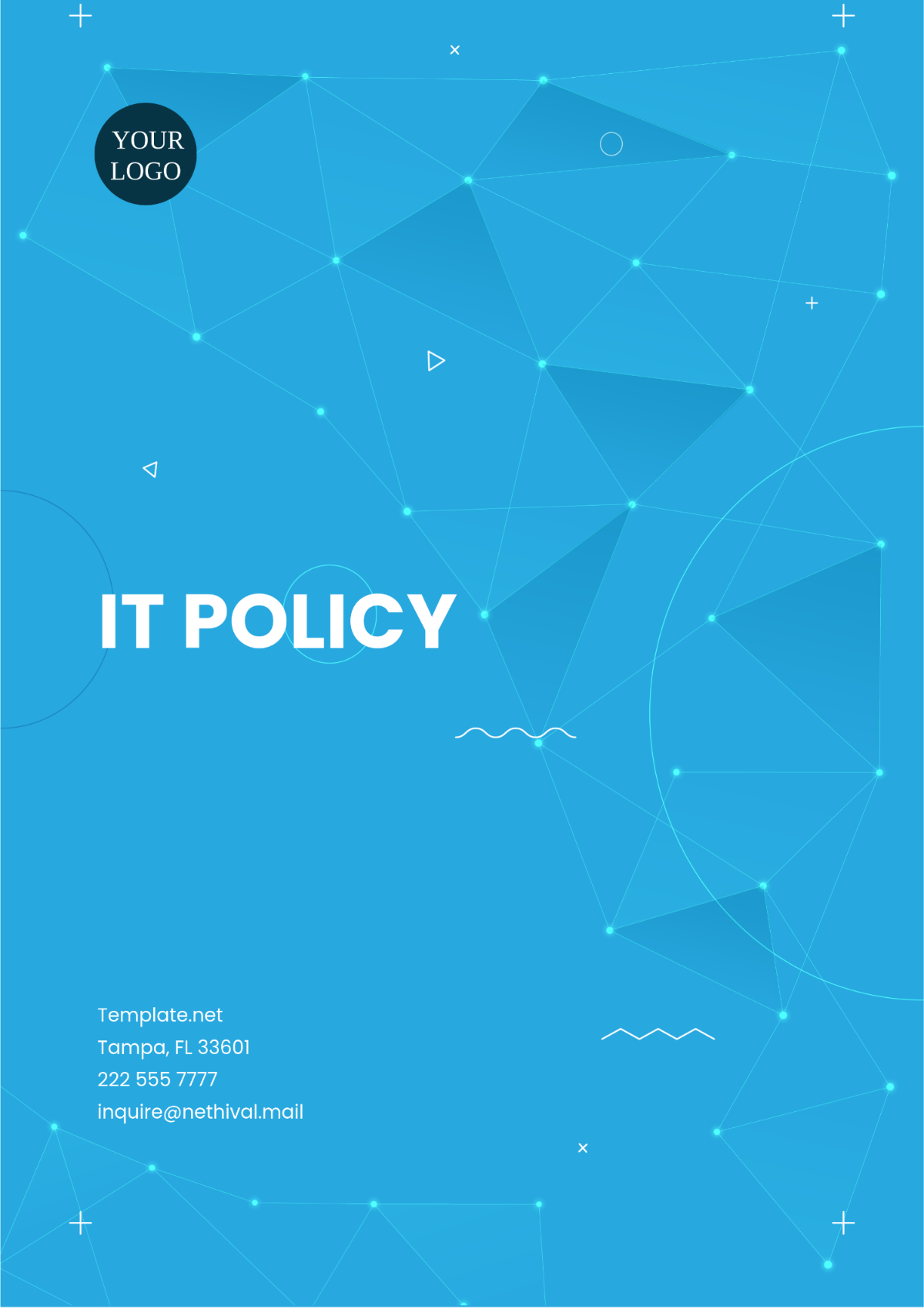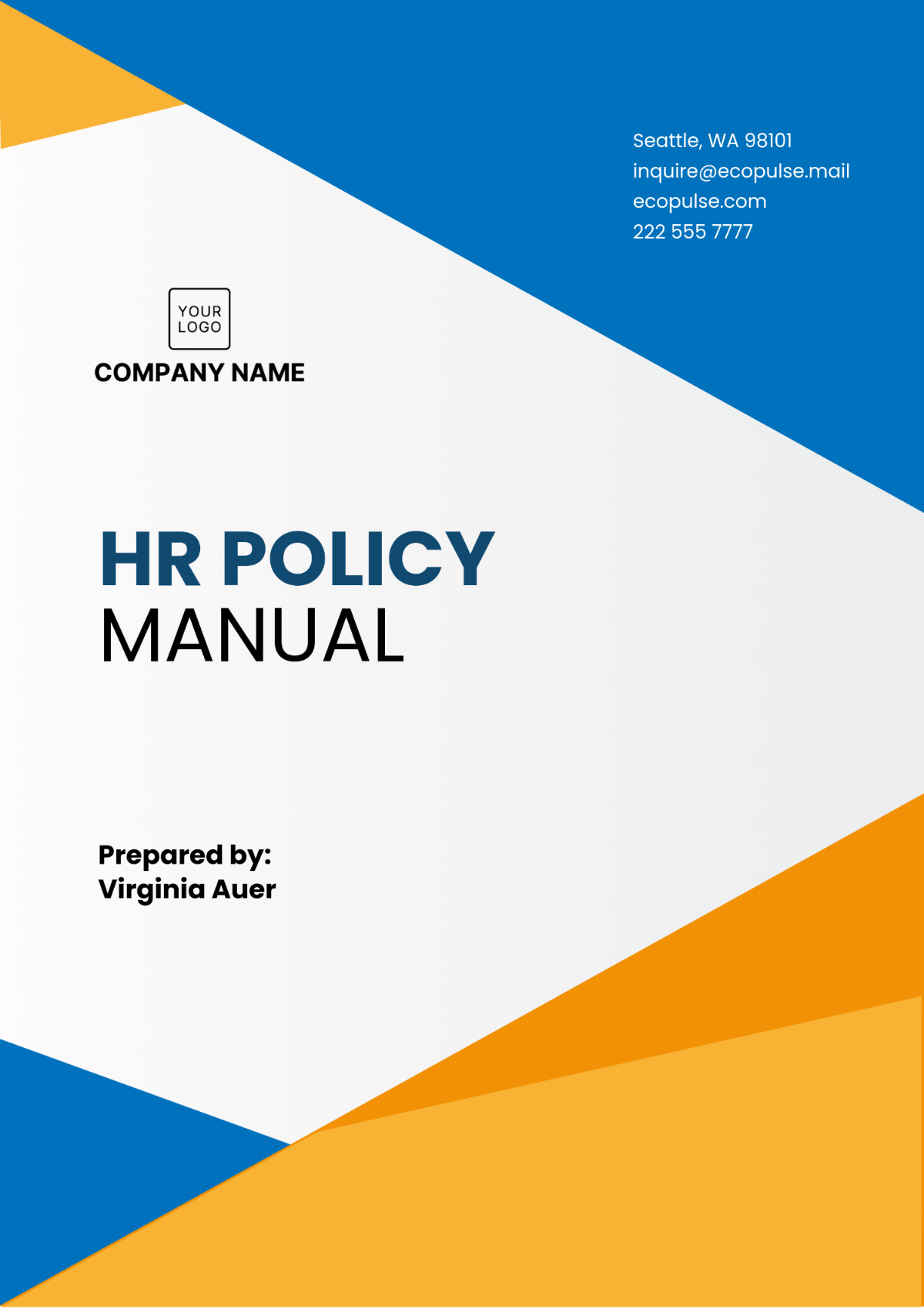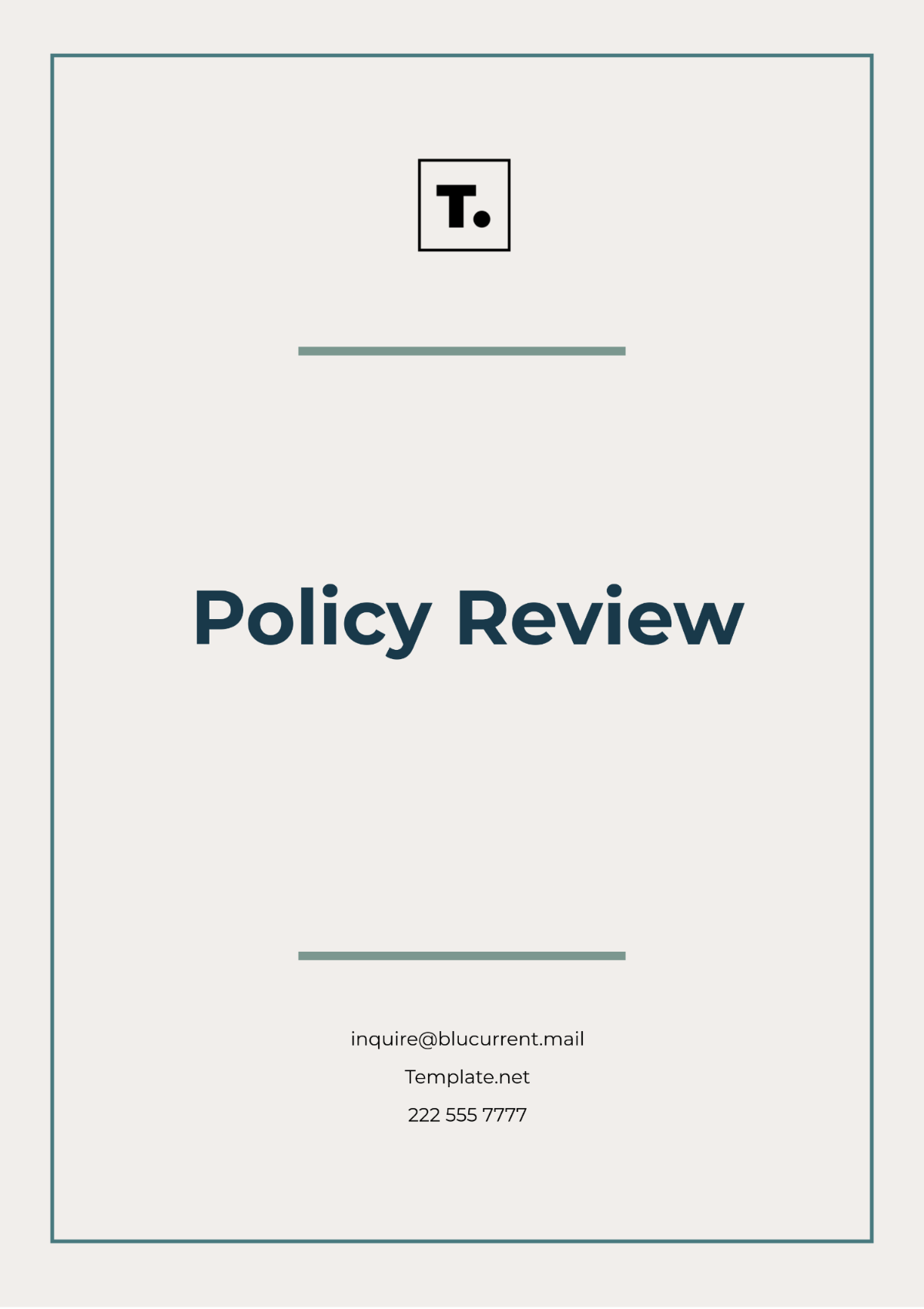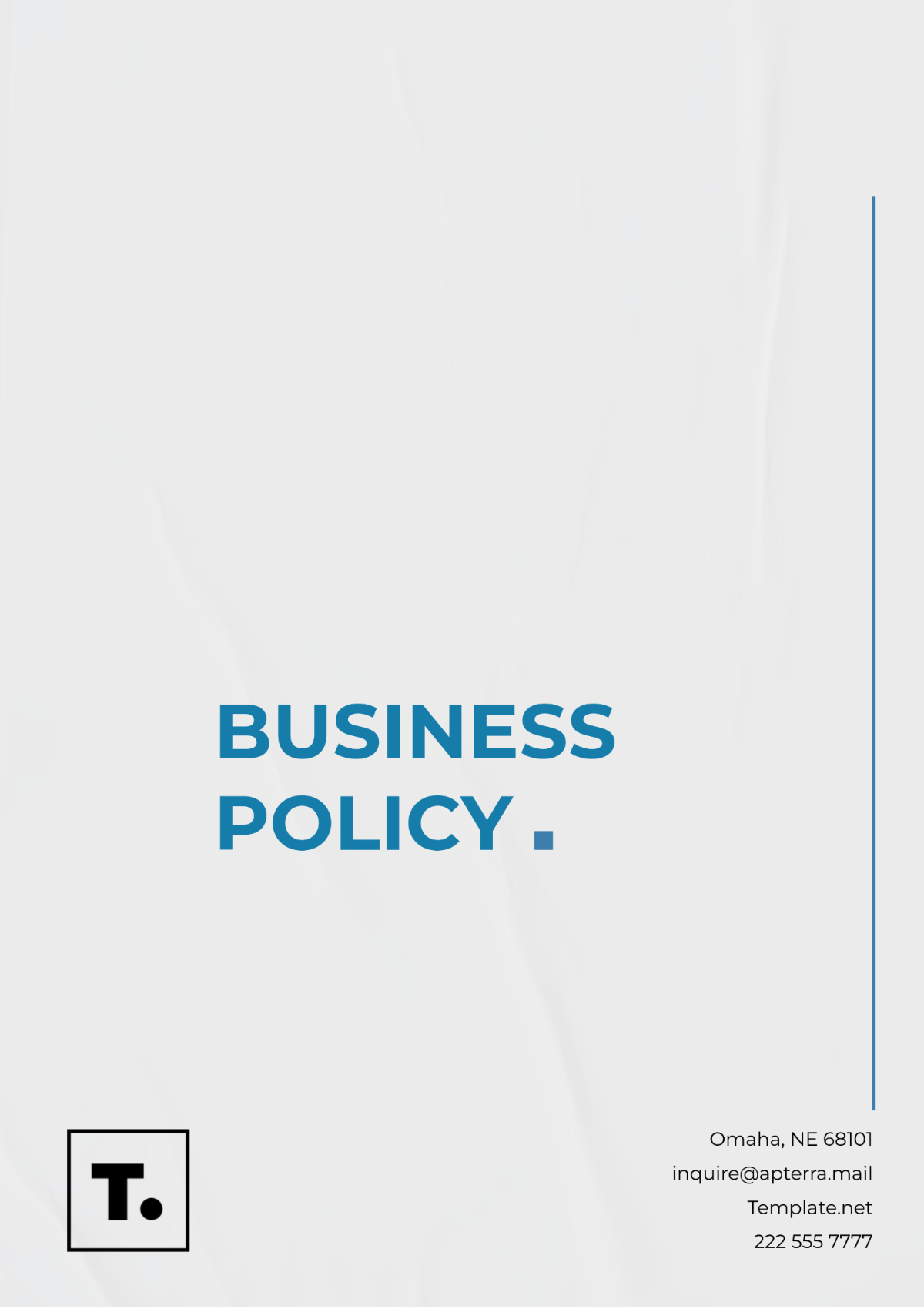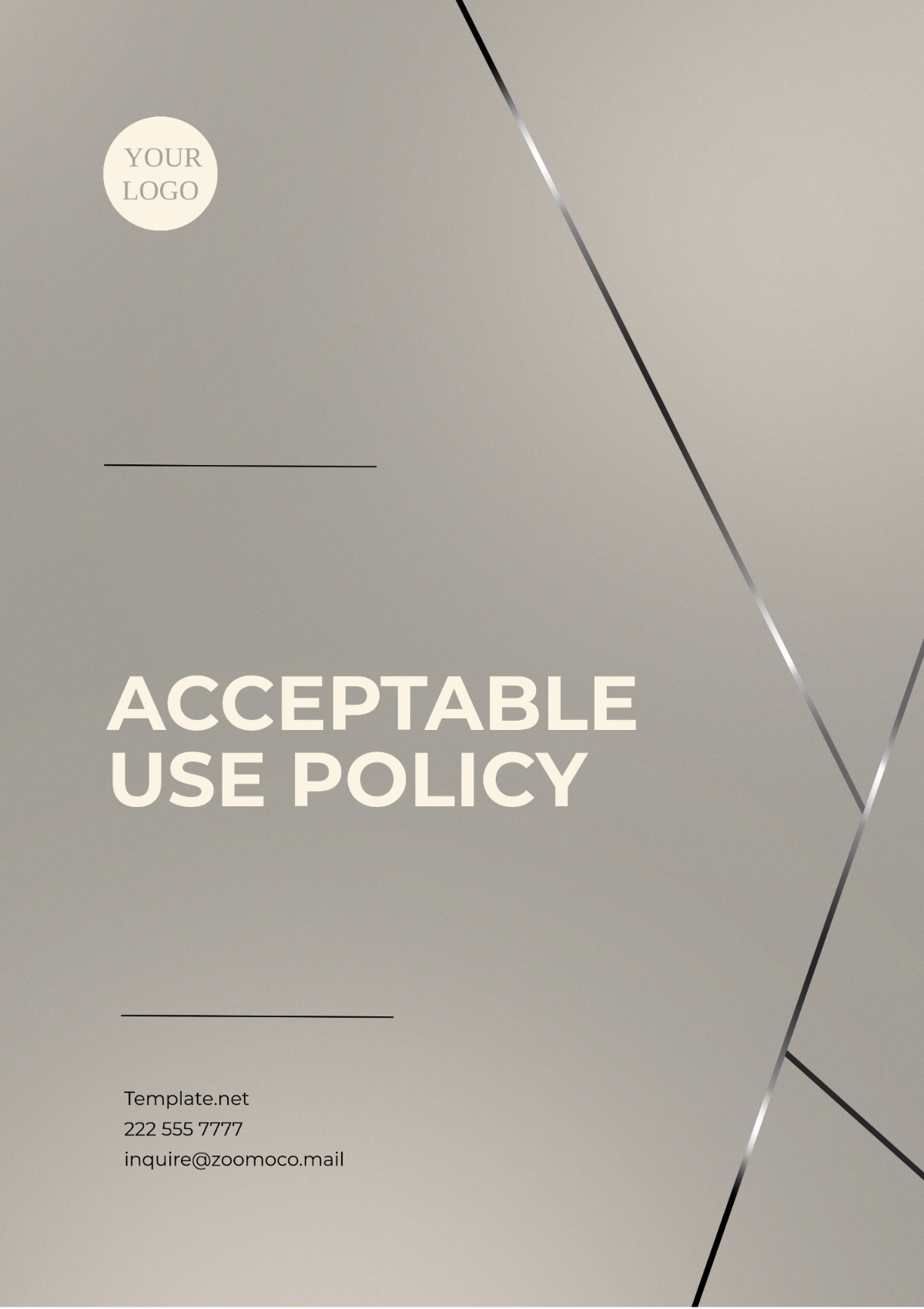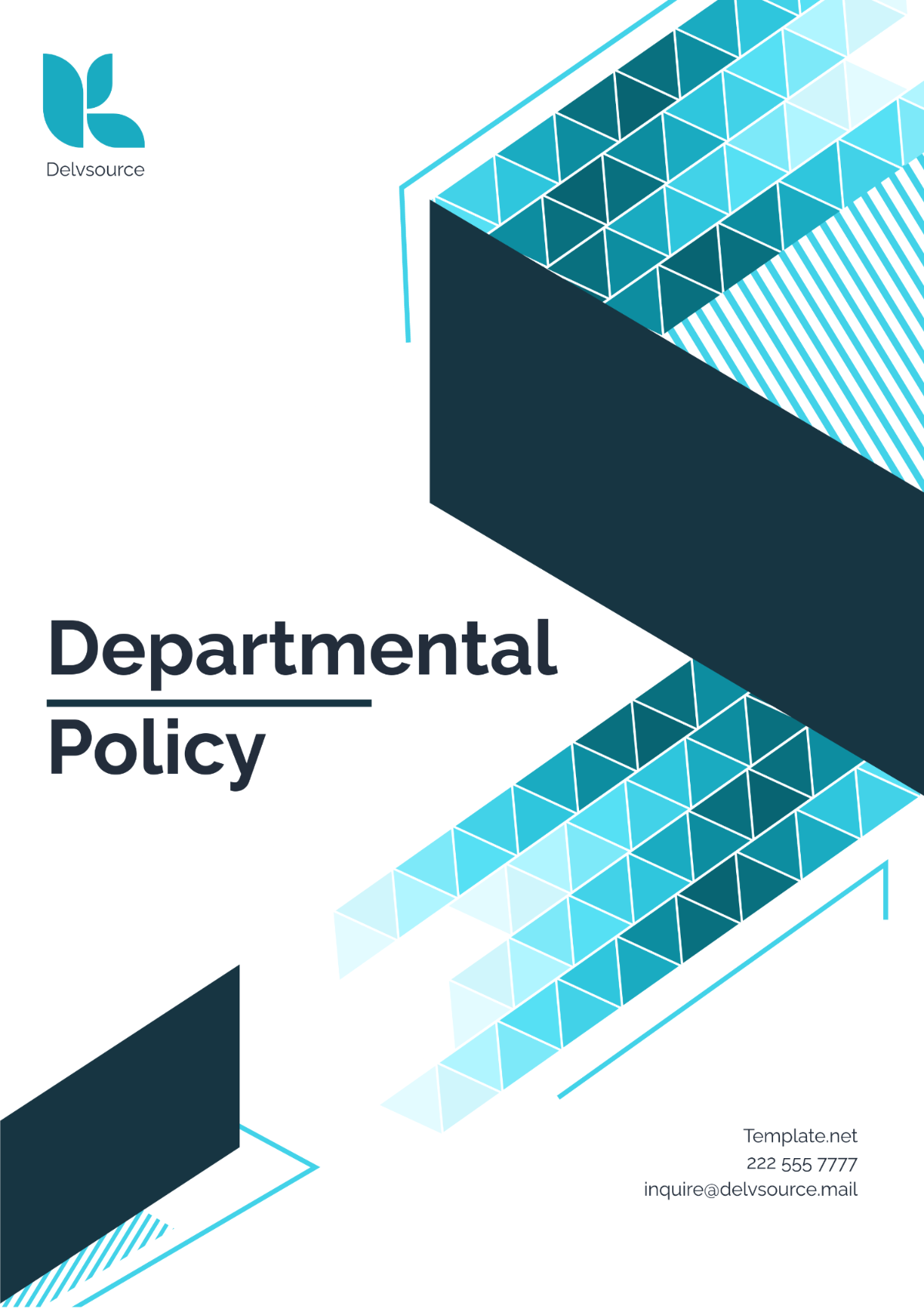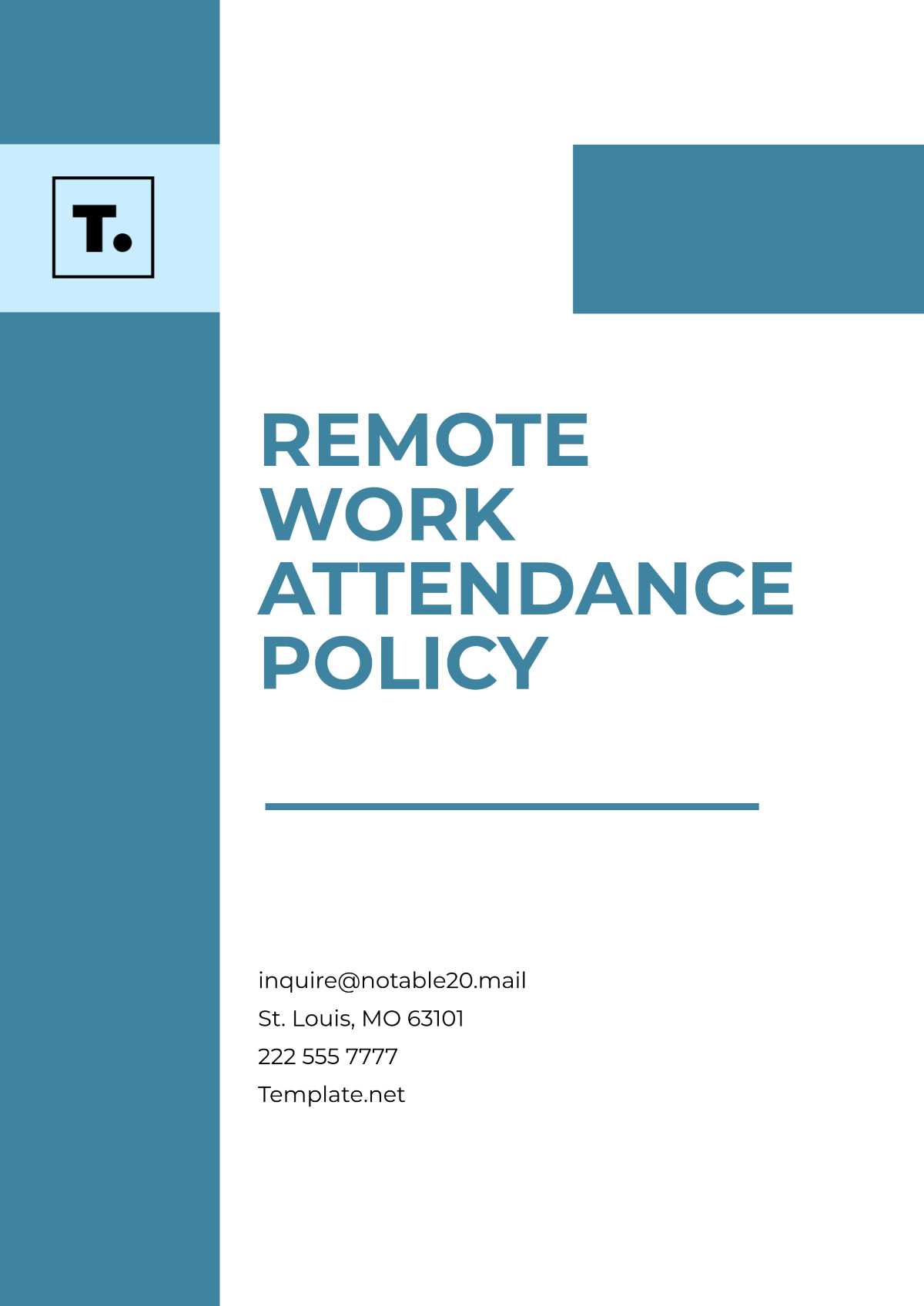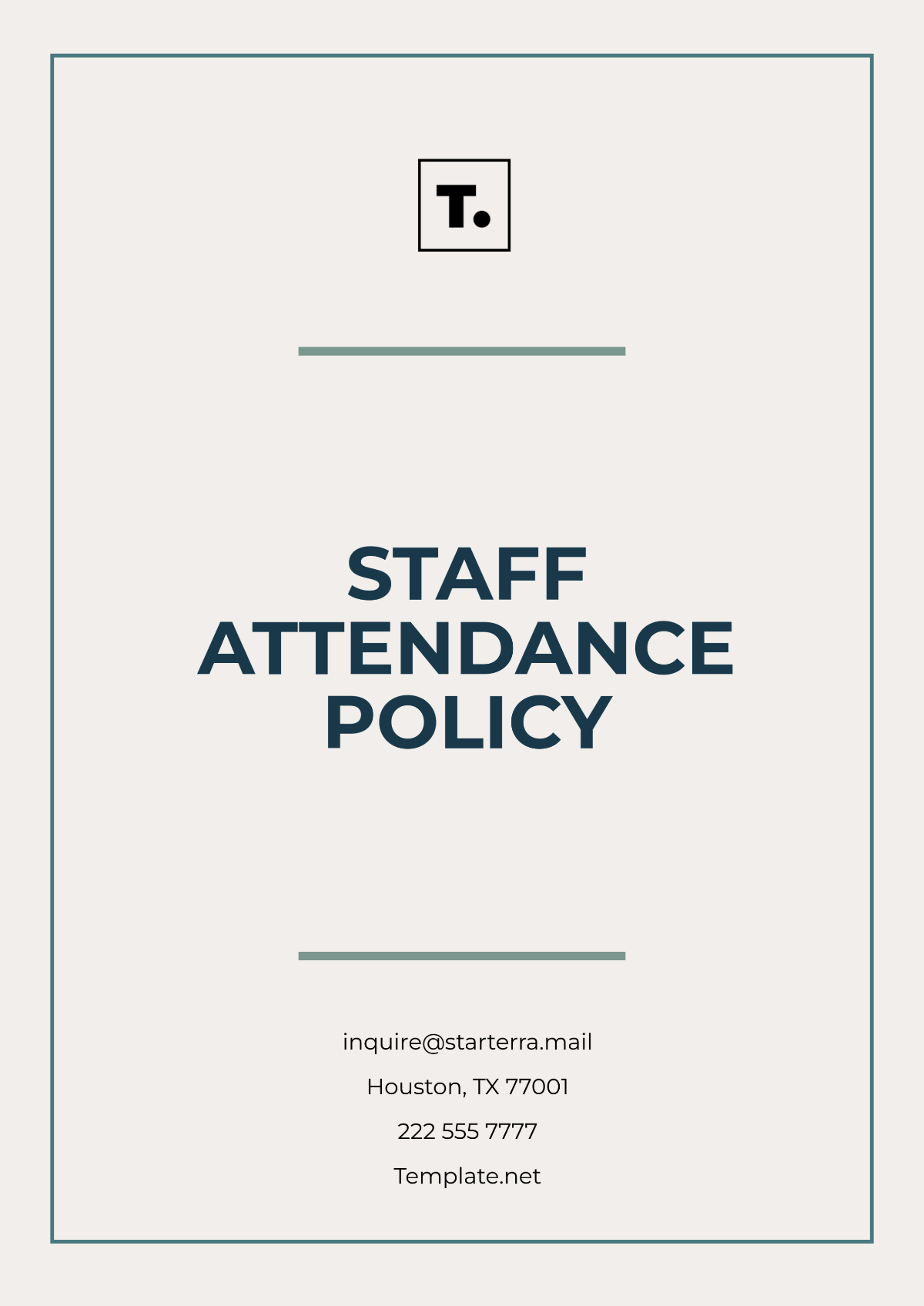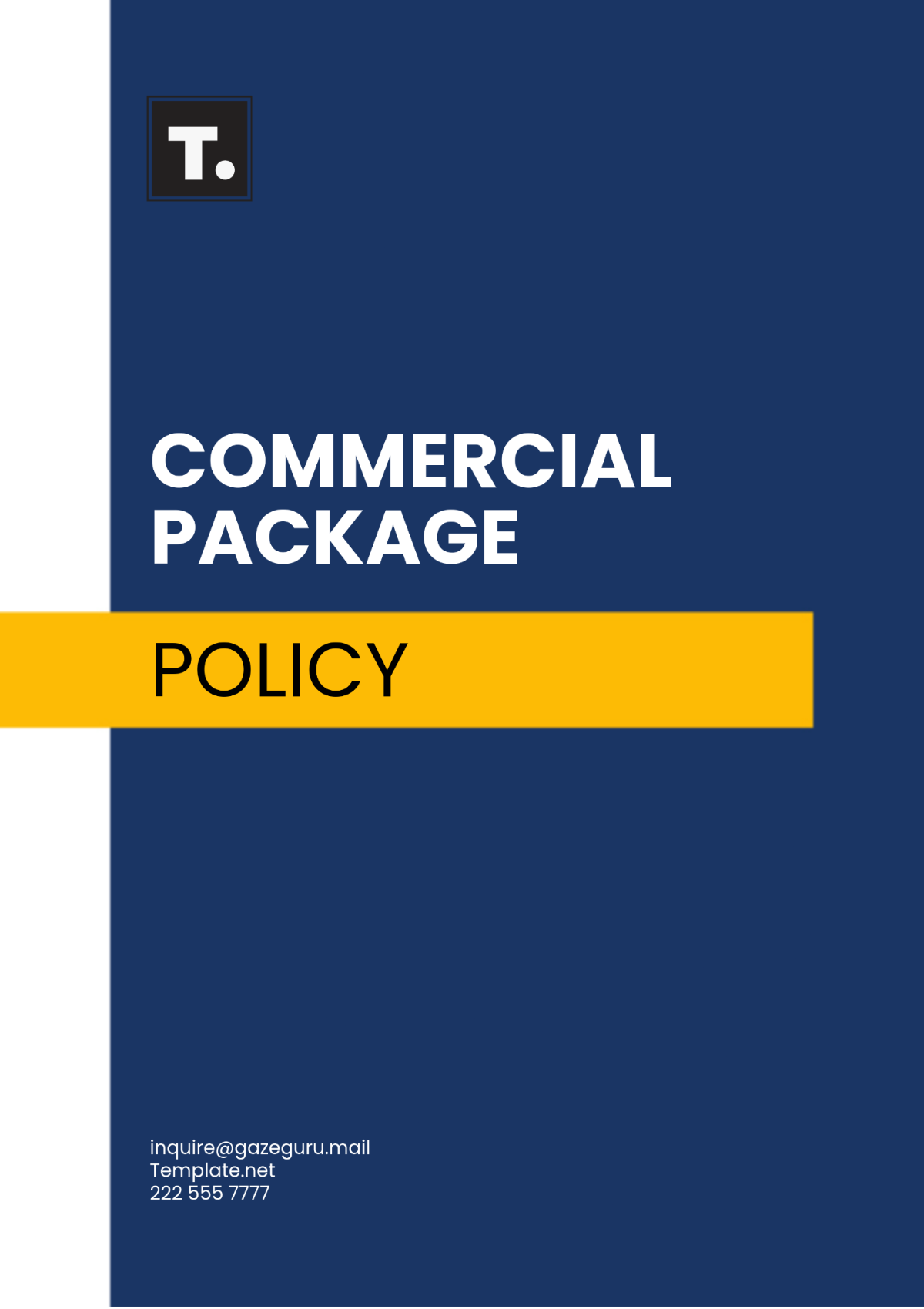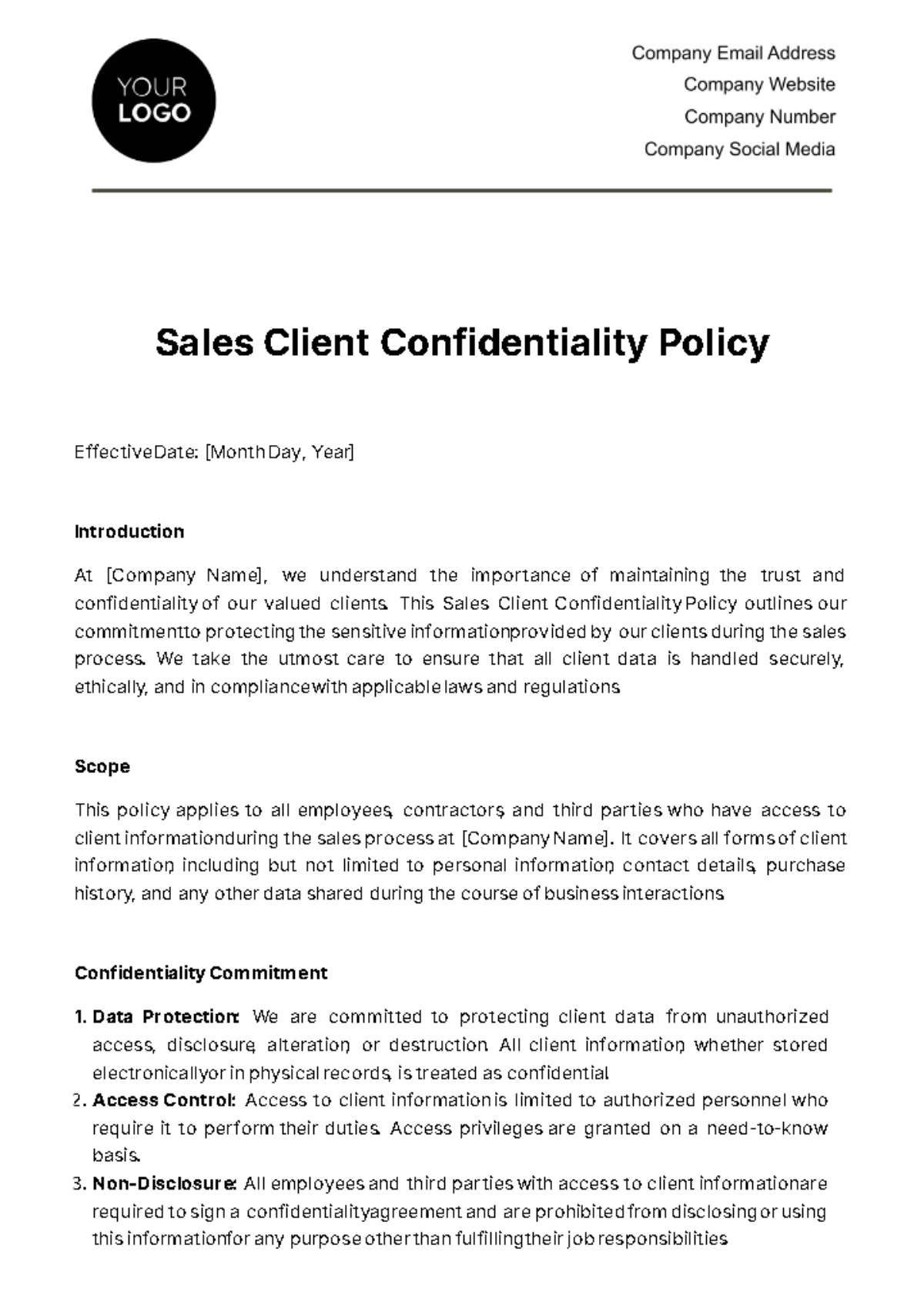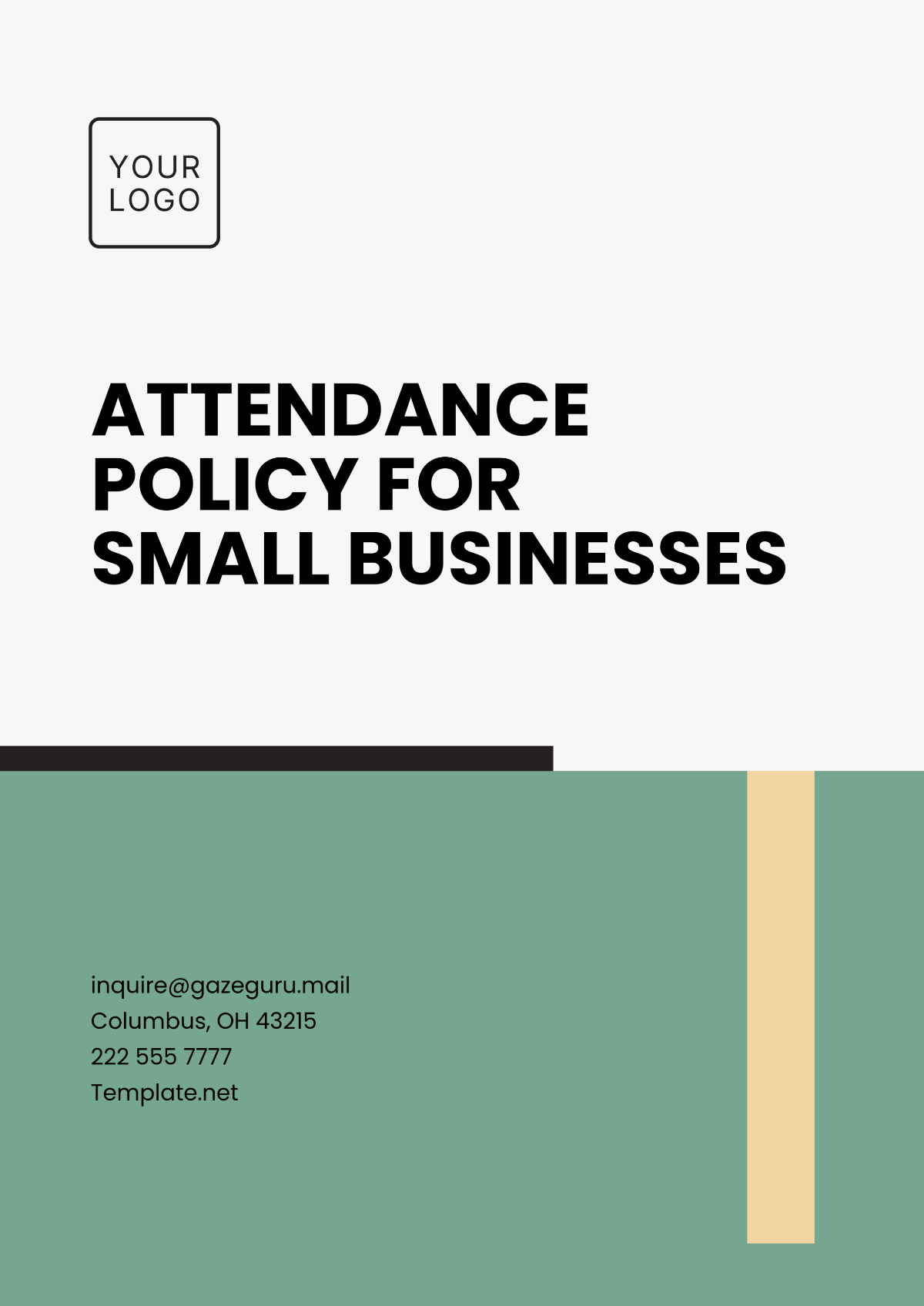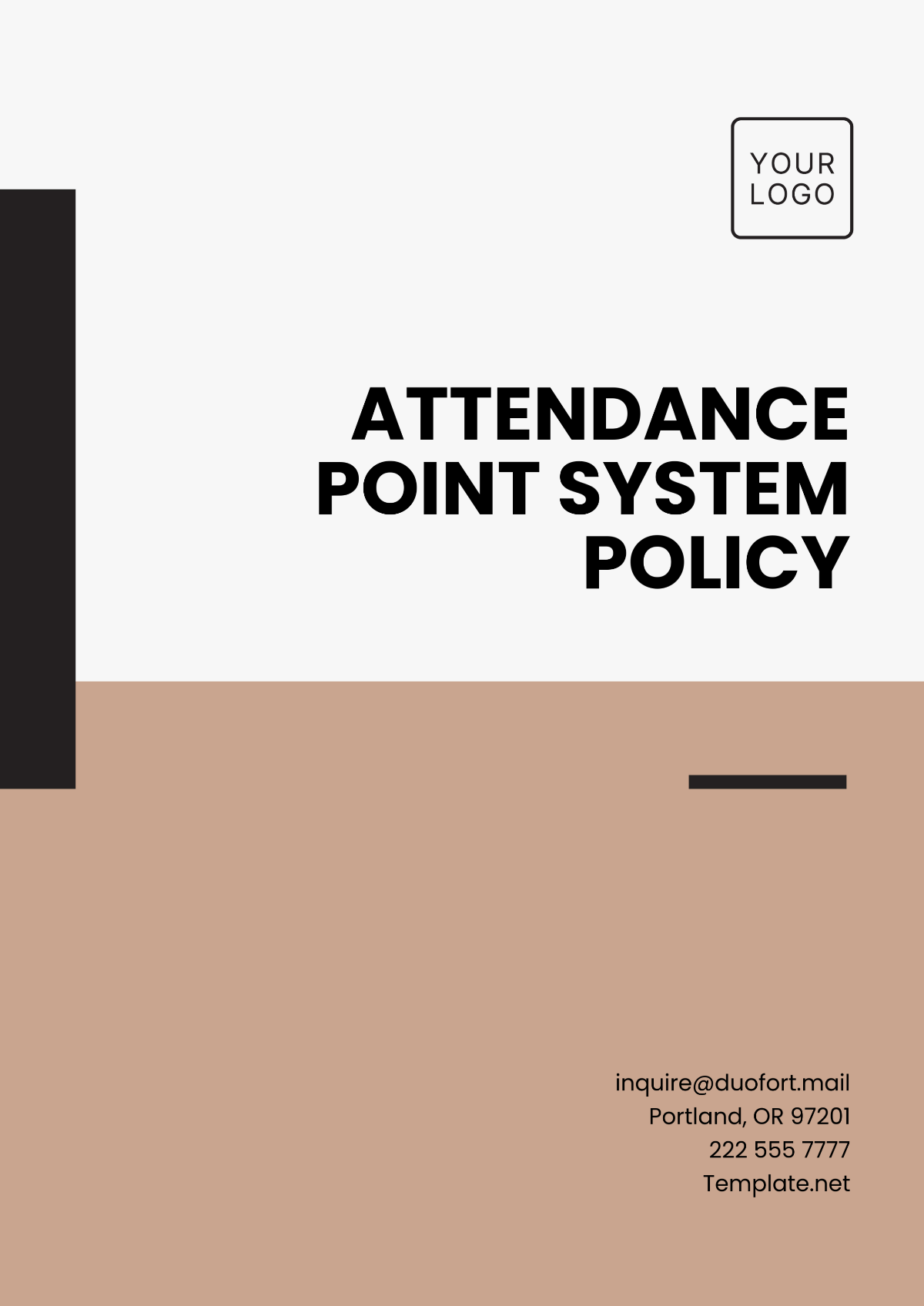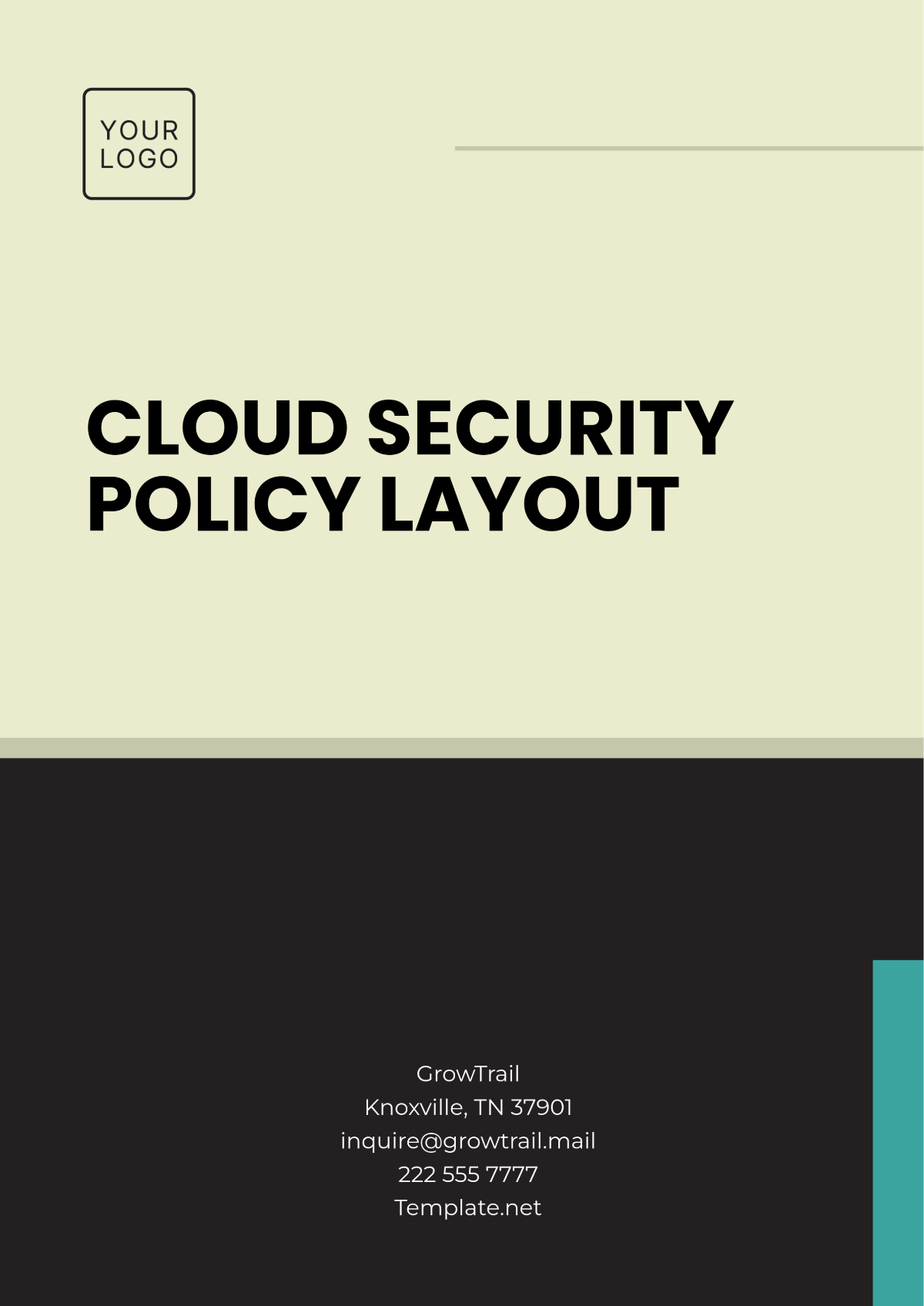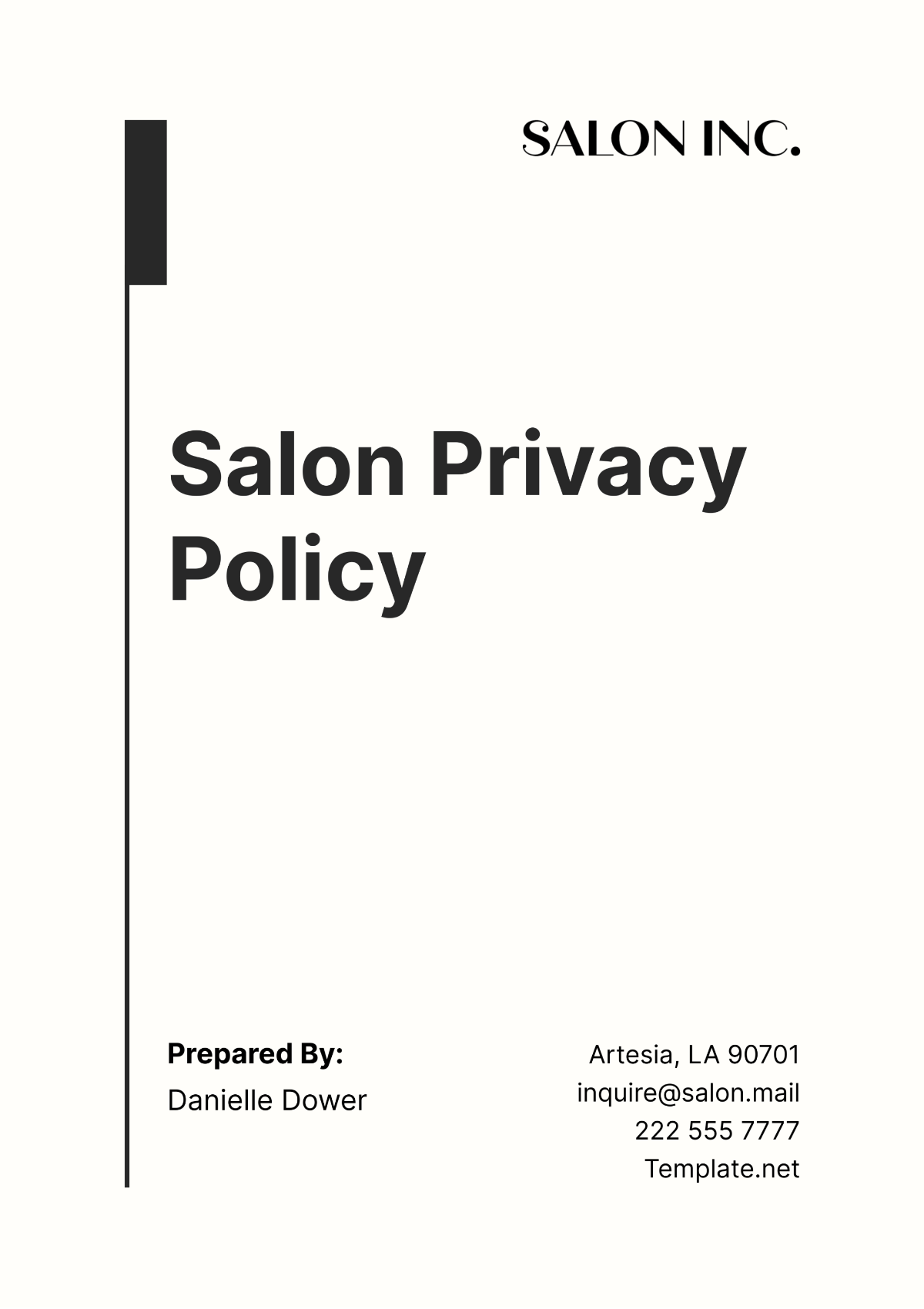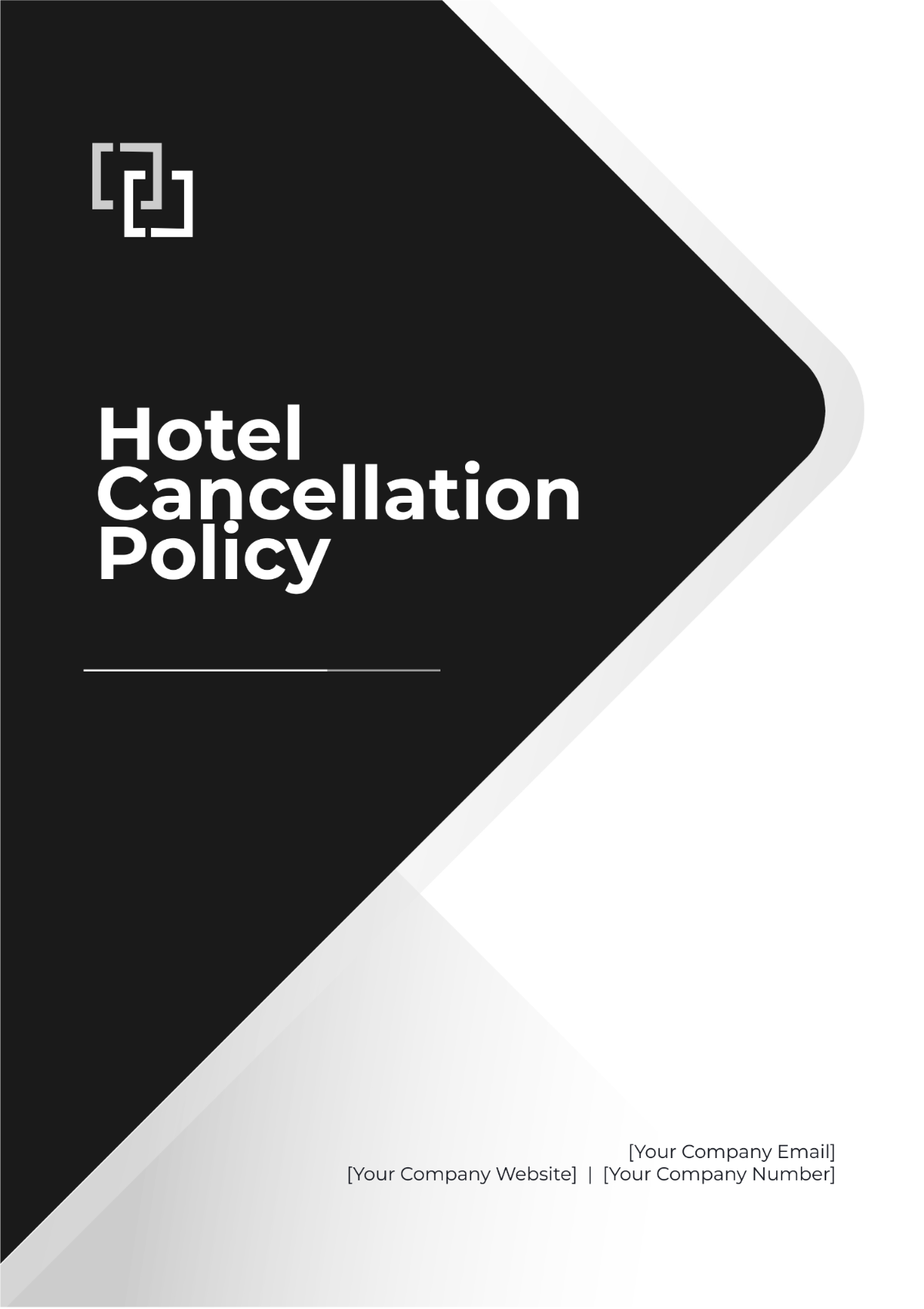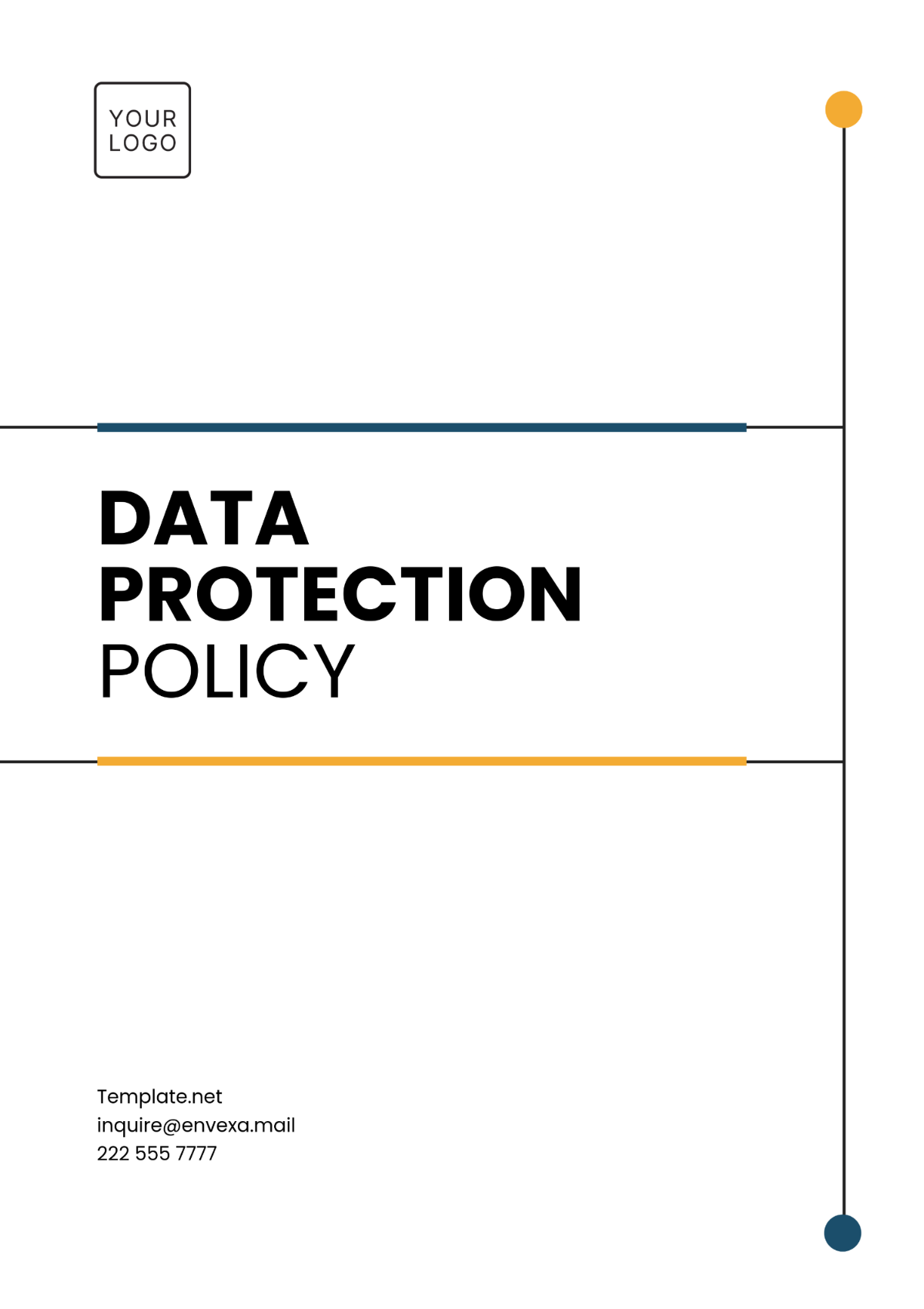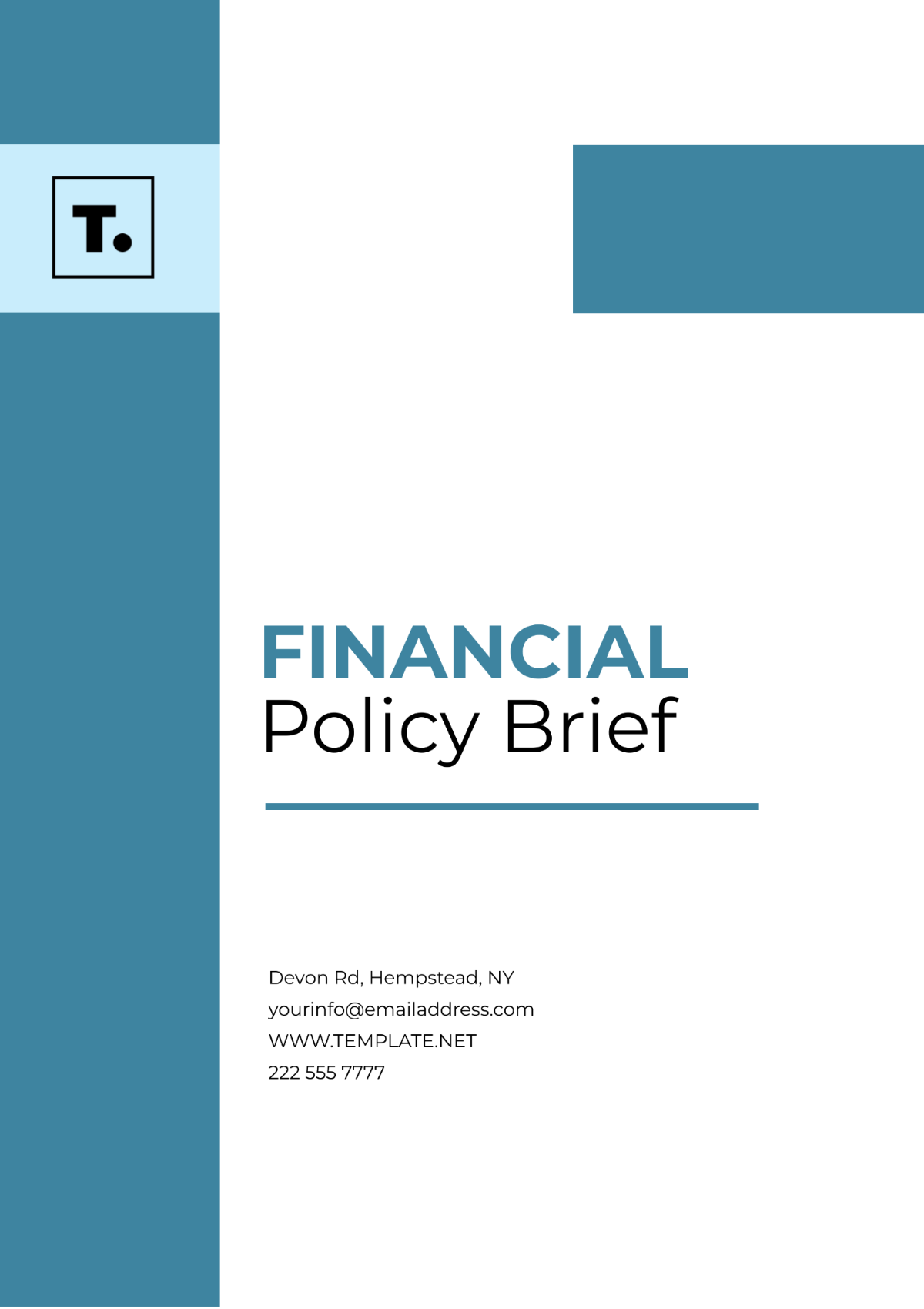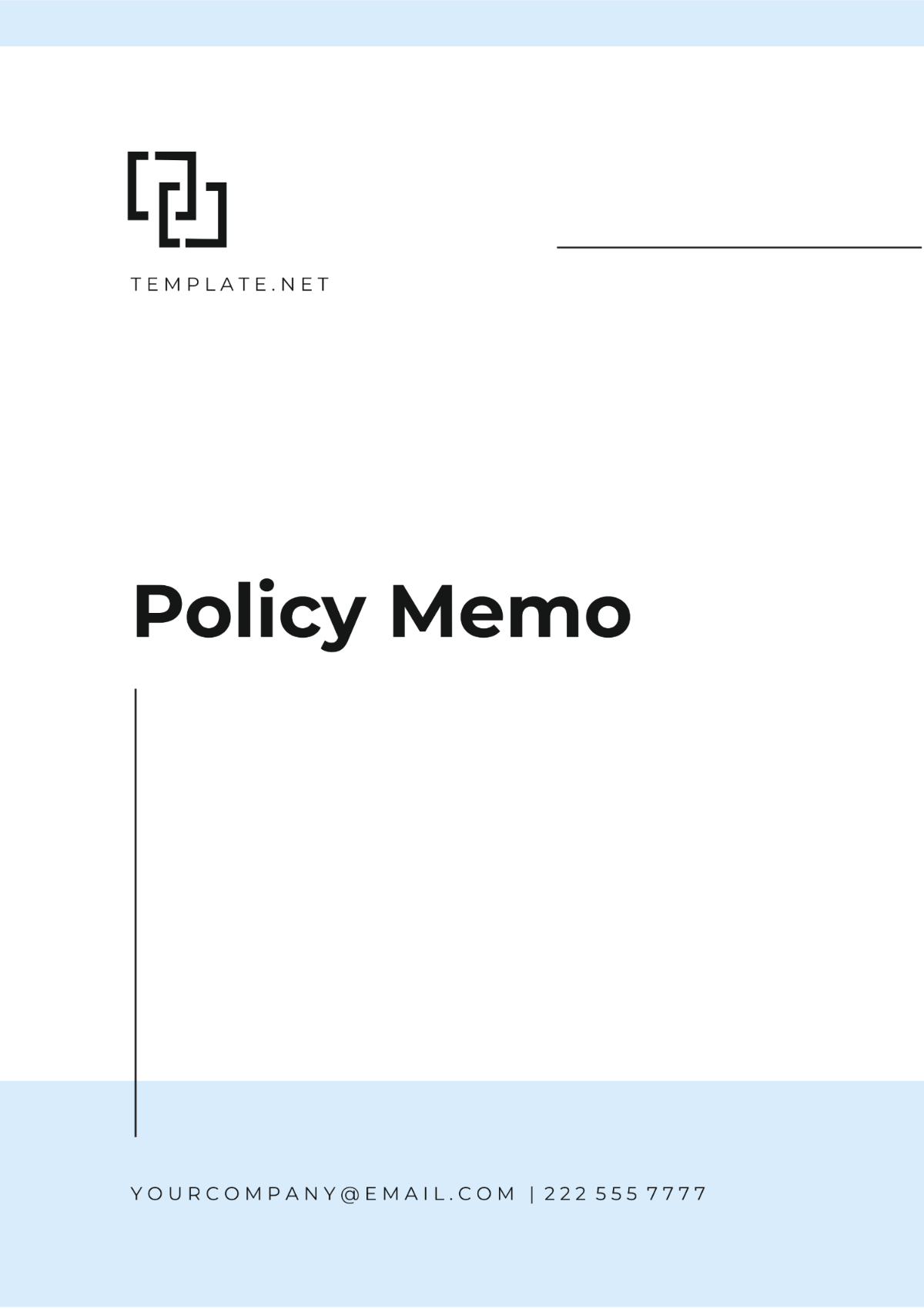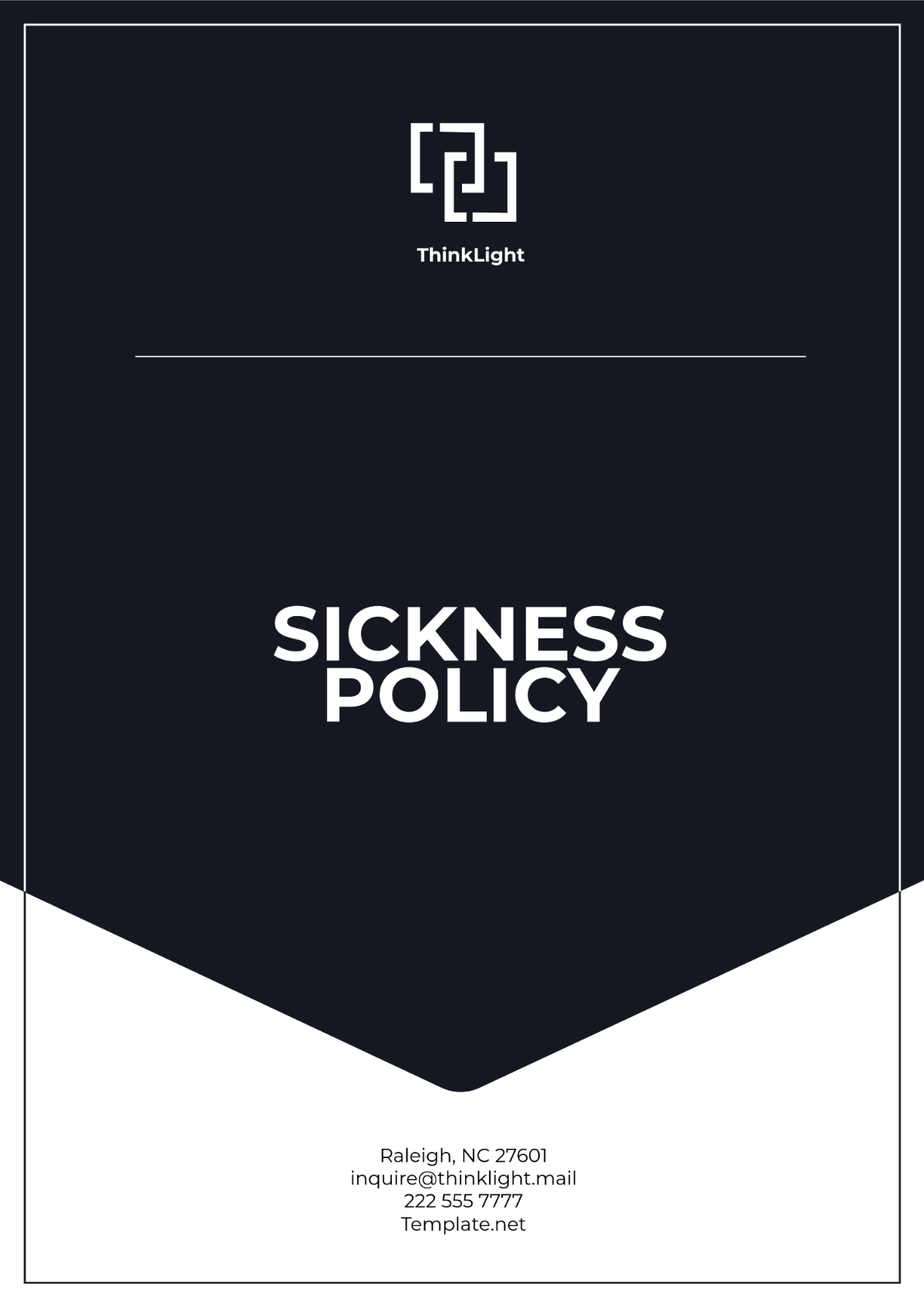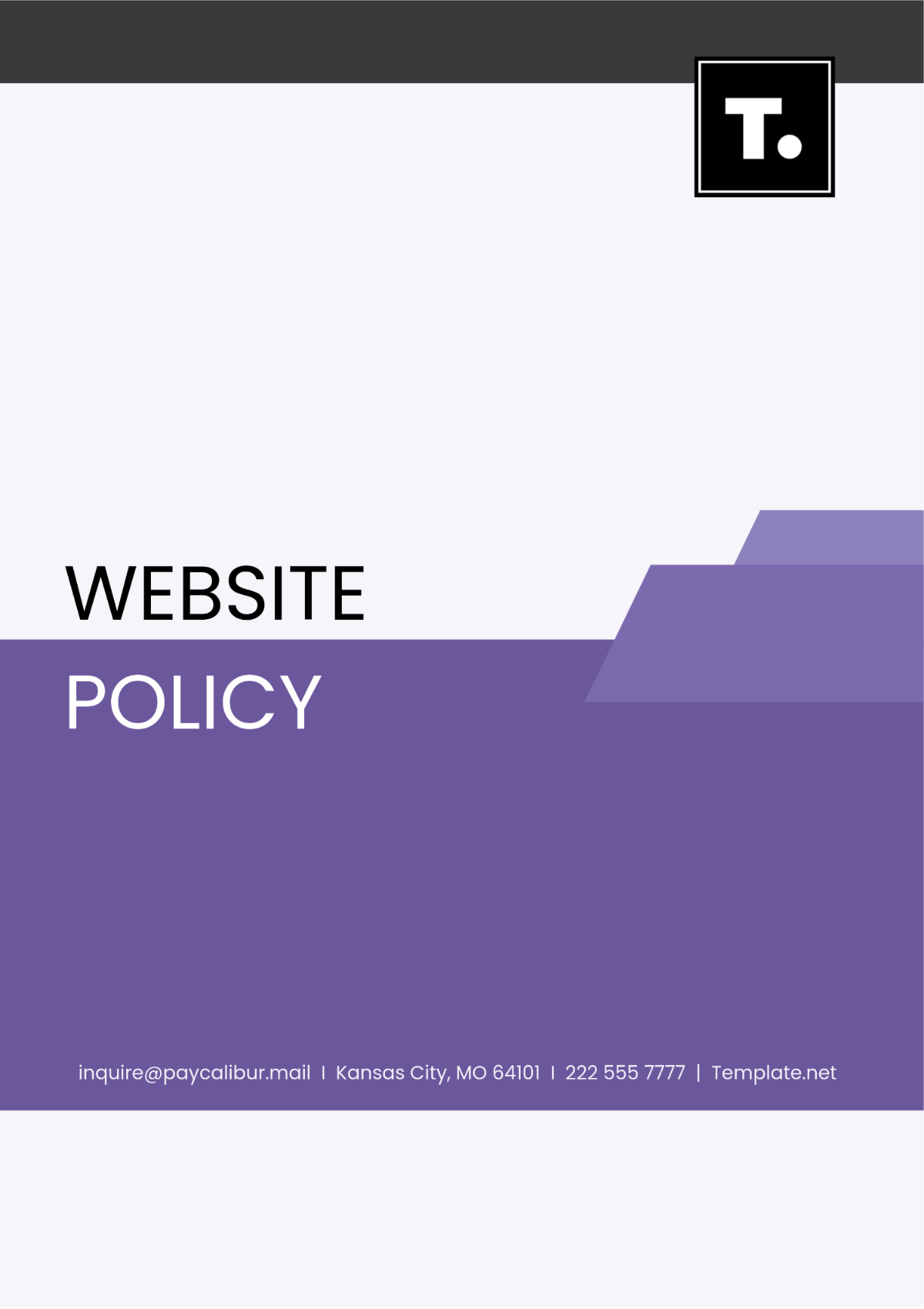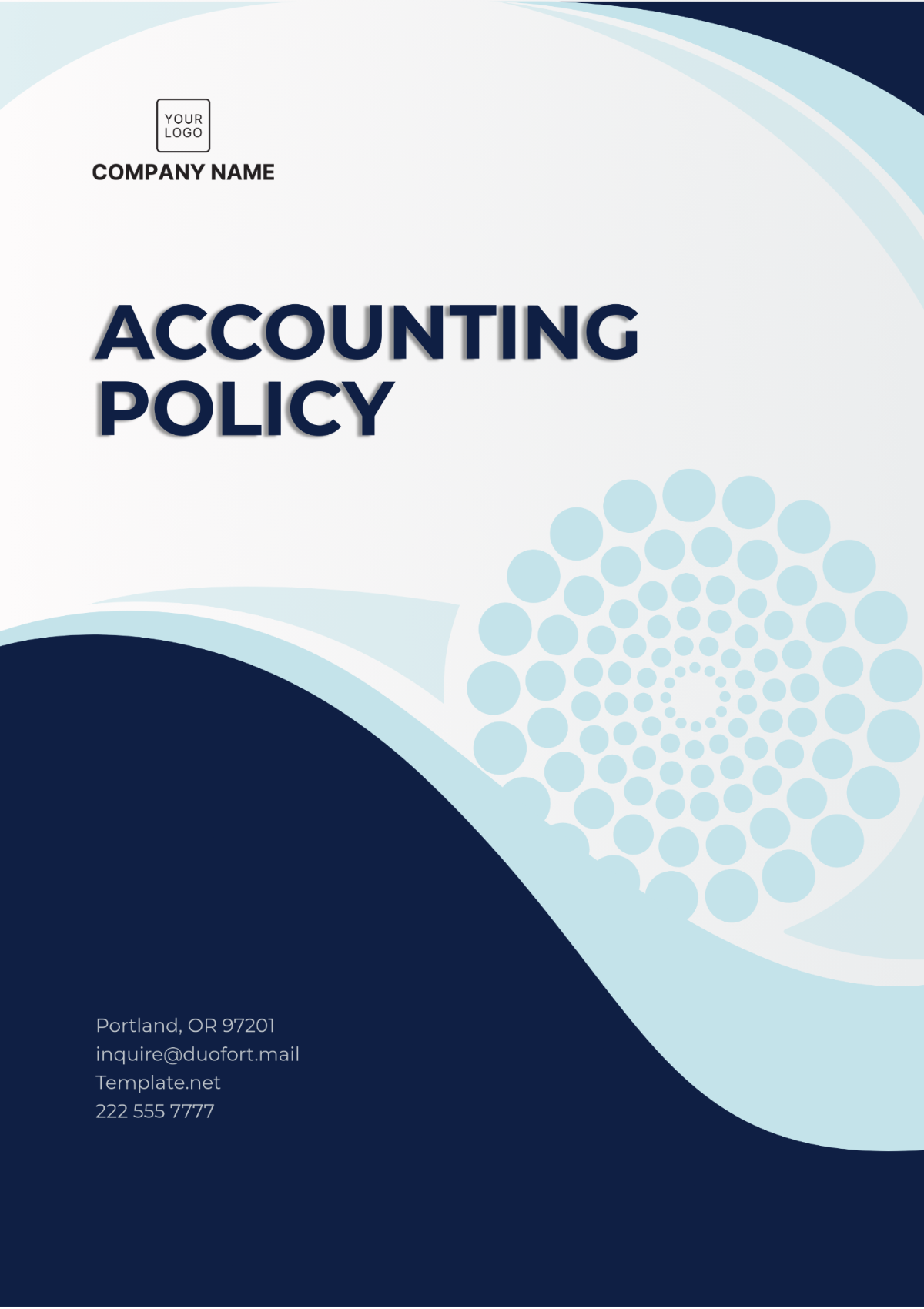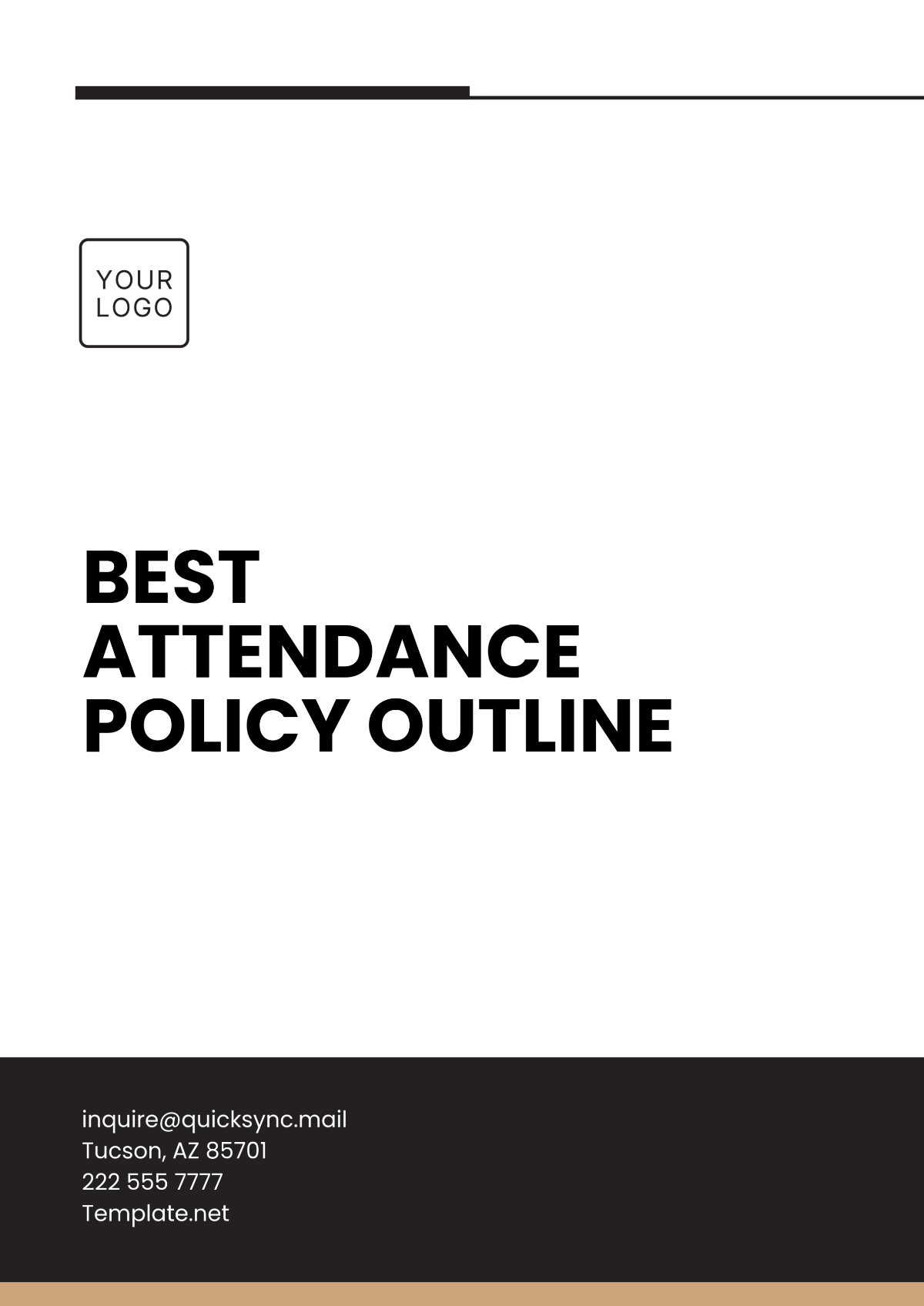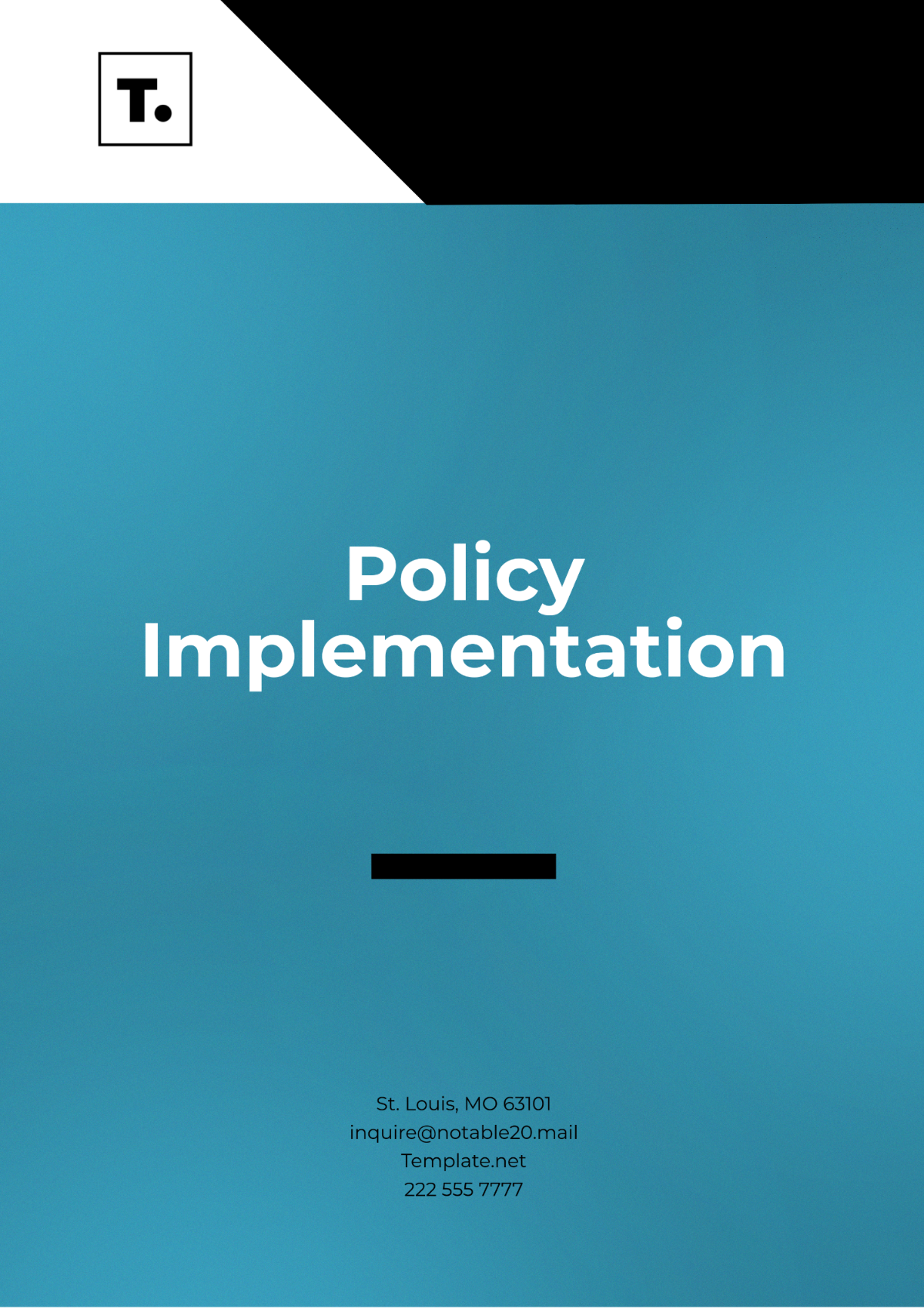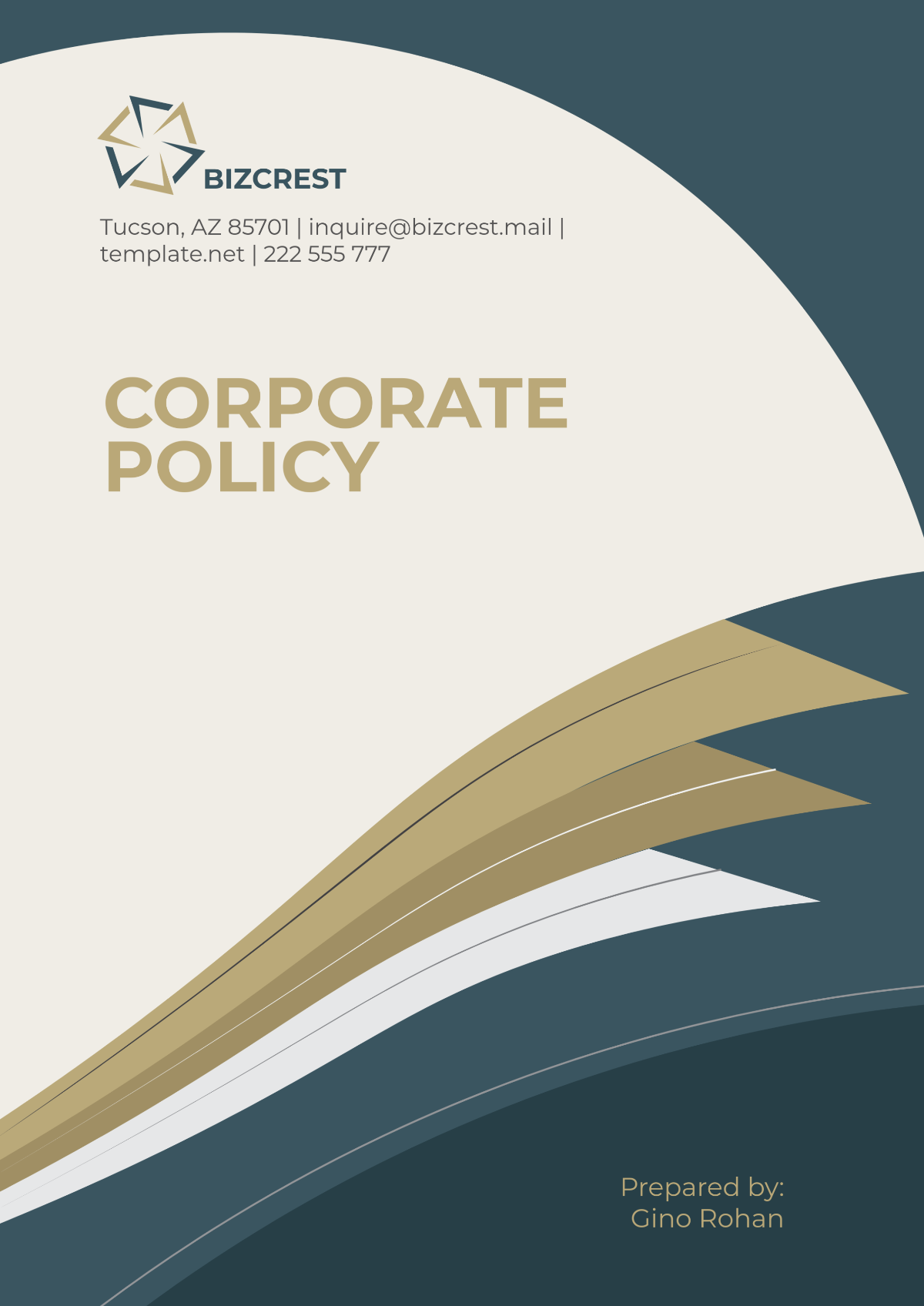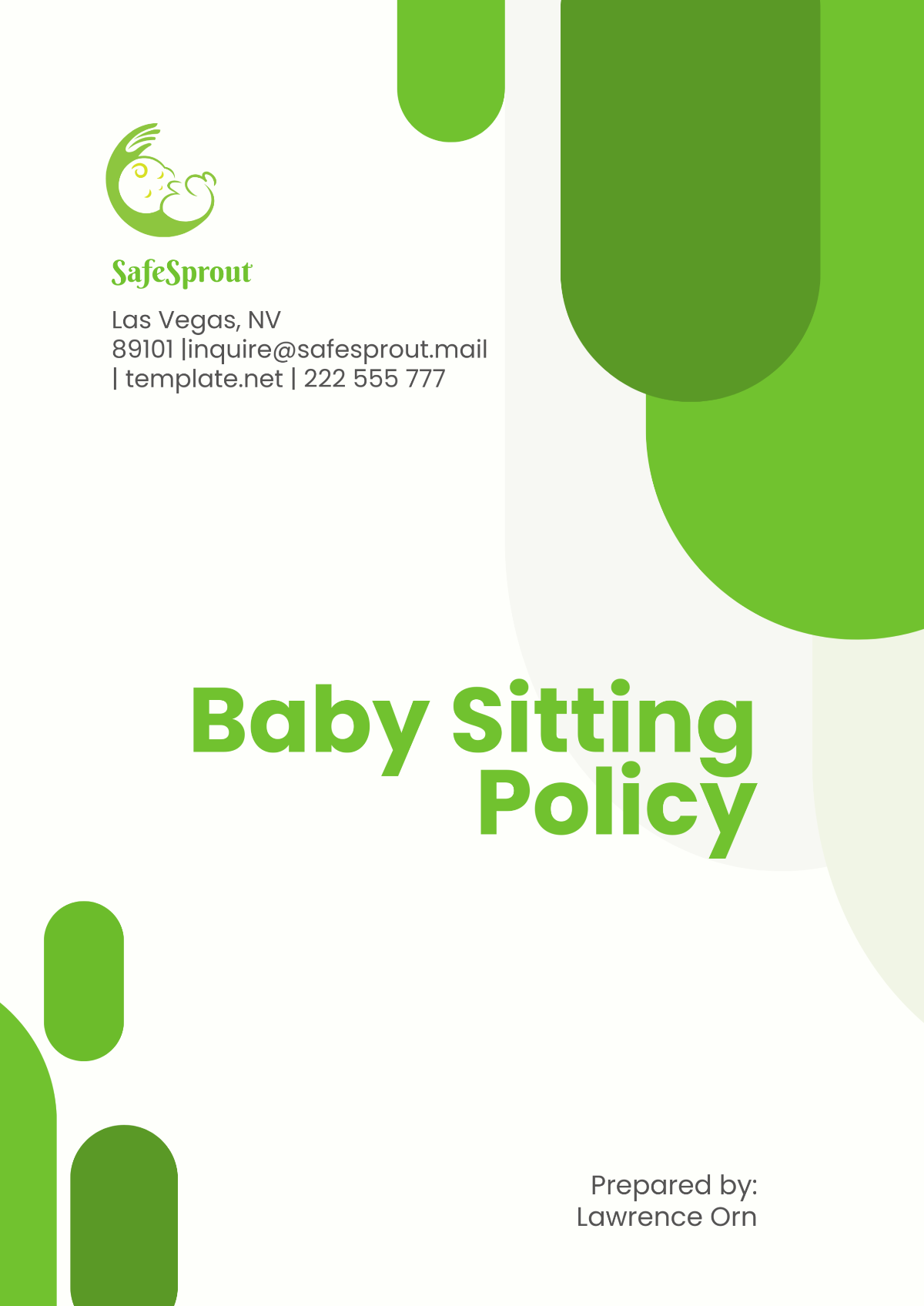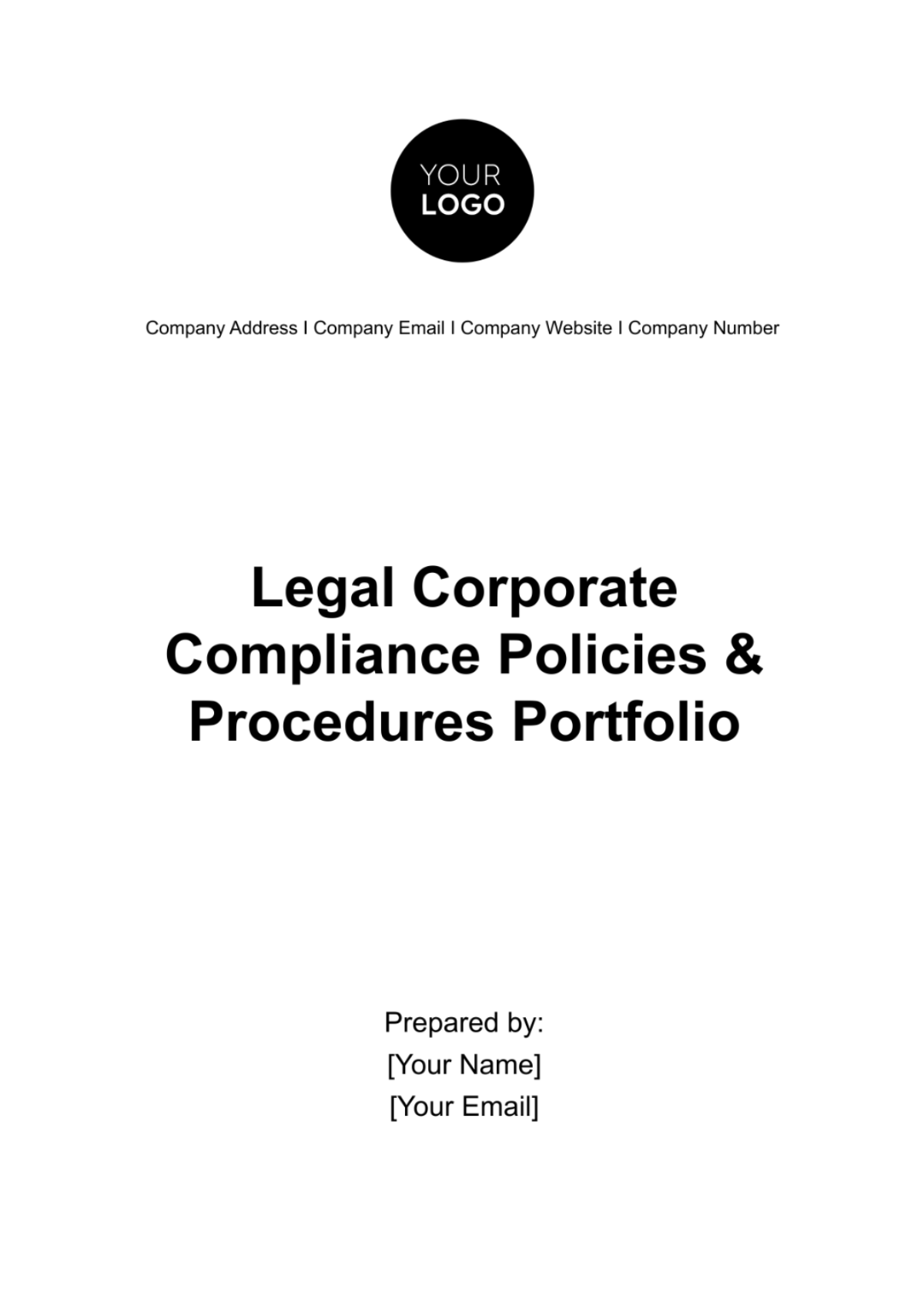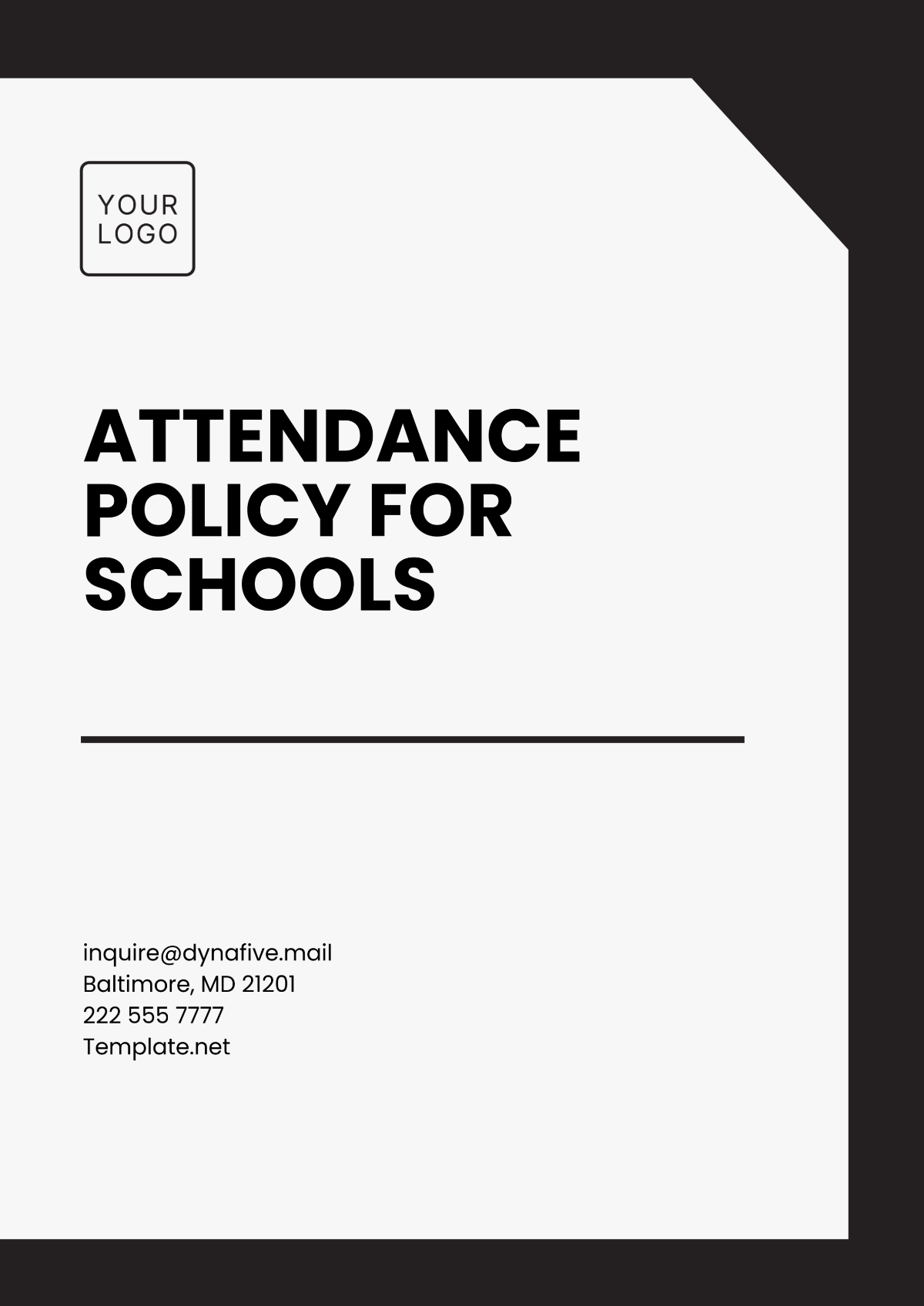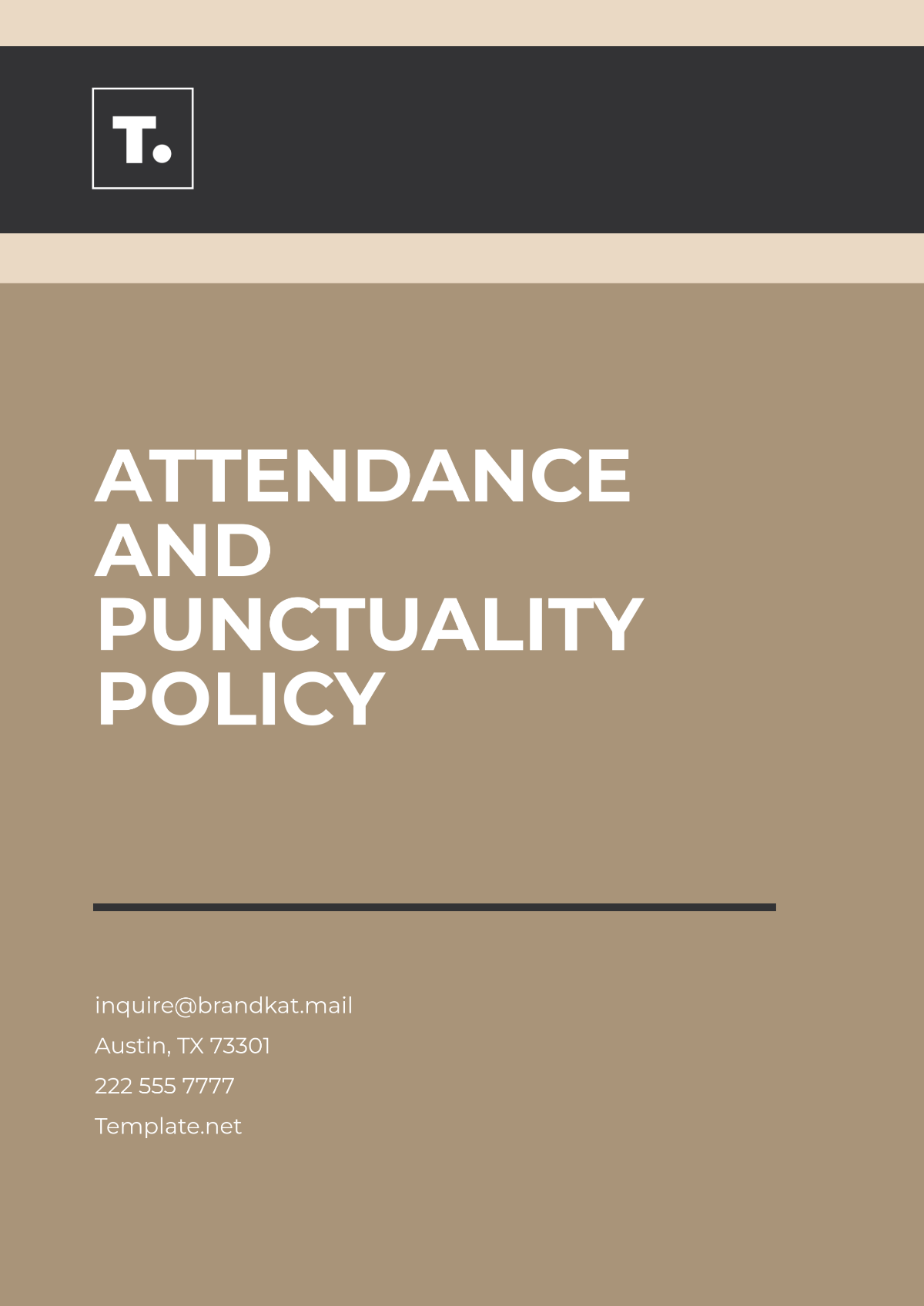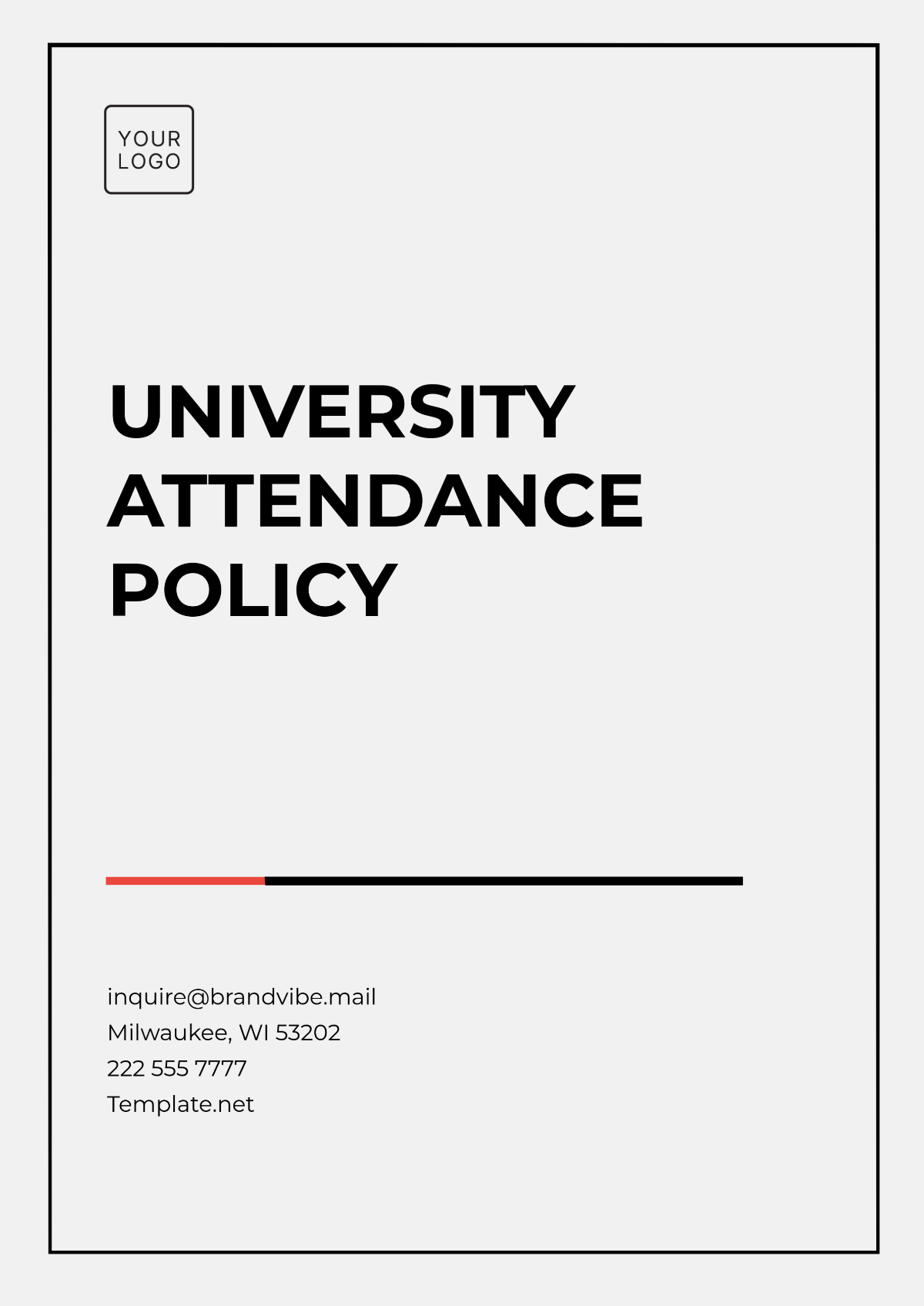Architecture Bonus Policy
I. Introduction
A. Purpose of the Bonus Policy
The primary purpose of this Bonus Policy is to recognize and reward the dedication and outstanding performance of our employees at [Your Company Name]. This policy aims to incentivize high performance, foster a culture of excellence, and retain top talent within our architecture company. By clearly outlining the criteria and processes for awarding bonuses, we ensure transparency, fairness, and motivation across the organization.
B. Scope and Applicability
This Bonus Policy applies to all employees of [Your Company Name], regardless of their position or tenure. However, specific eligibility criteria and performance metrics will vary based on job roles and responsibilities. This policy encompasses various types of bonuses, including performance-based, project completion, retention, and special occasion bonuses.
C. Definitions of Key Terms
Bonus: A financial reward given to employees based on predefined criteria.
Performance-Based Bonus: A bonus awarded based on individual or team performance metrics.
Project Completion Bonus: A bonus given for successful and timely completion of projects.
Retention Bonus: A bonus aimed at retaining key employees within the organization.
Eligibility Criteria: The conditions that employees must meet to qualify for a bonus.
II. Eligibility Criteria
A. Employee Categories Eligible for Bonuses
At [Your Company Name], bonuses are awarded to employees across various categories, including:
Architects and Designers
Project Managers
Administrative Staff
Technical Support Staff
B. Employment Status Requirements
To be eligible for bonuses, employees must meet the following employment status requirements:
Full-time employees must have completed a minimum of six months of continuous service.
Part-time employees are eligible for pro-rated bonuses based on their working hours.
Temporary and contract workers are generally not eligible for bonuses unless specified in their contract.
C. Performance Evaluation Criteria
Eligibility for performance-based bonuses is determined through a comprehensive evaluation process. Key performance indicators (KPIs) include:
Quality of Work: Assessed through project reviews and client feedback.
Efficiency: Measured by adherence to project timelines and budgets.
Innovation: Contribution to innovative design solutions and improvements.
Collaboration: Effective teamwork and communication skills.
D. Minimum Service Duration
To qualify for most bonuses, employees must have completed a minimum of six months of continuous service at [Your Company Name]. This requirement ensures that bonuses are awarded to those who have demonstrated a sustained commitment to the company.
III. Types of Bonuses
A. Performance-Based Bonuses
Performance-based bonuses are awarded to employees who consistently exceed their performance targets. The amount of the bonus is determined by the employee's performance rating, which is evaluated annually.
Performance Rating | Bonus Percentage |
|---|---|
Outstanding | 15% of annual salary |
Exceeds Expectations | 10% of annual salary |
Meets Expectations | 5% of annual salary |
B. Project Completion Bonuses
Project completion bonuses are awarded to teams that successfully complete projects on time and within budget. The bonus amount varies based on the project's size and complexity.
Project Size | Bonus Amount per Team Member |
|---|---|
Small | $500 |
Medium | $1,000 |
Large | $2,000 |
C. Retention Bonuses
Retention bonuses are designed to retain key employees who are critical to the company's success. These bonuses are typically offered during times of significant organizational change or when there is a high demand for specific skills.
Retention Period | Bonus Amount |
|---|---|
1 year | $1,500 |
2 years | $3,000 |
3 years | $5,000 |
D. Holiday and Special Occasion Bonuses
To celebrate special occasions and foster a positive work environment, [Your Company Name] offers bonuses during holidays and special events.
Occasion | Bonus Amount |
|---|---|
Christmas | $500 |
Company Anniversary | $300 |
Employee Birthday | $200 |
IV. Bonus Calculation Methodology
A. Performance Metrics and Weightage
The calculation of performance-based bonuses is based on a weighted evaluation of several performance metrics. Each metric is assigned a specific weight based on its importance.
Performance Metric | Weightage (%) |
|---|---|
Quality of Work | 40% |
Efficiency | 30% |
Innovation | 20% |
Collaboration | 10% |
B. Role of Feedback and Peer Reviews
Feedback from supervisors, peers, and clients plays a crucial role in the performance evaluation process. Peer reviews help ensure that the evaluation is comprehensive and reflects the employee's overall contribution.
V. Bonus Distribution Process
A. Schedule for Bonus Distribution
Bonuses at [Your Company Name] are distributed according to the following schedule:
Performance-Based Bonuses: Annually, in December
Project Completion Bonuses: Within 30 days of project completion
Retention Bonuses: As per the retention agreement
Holiday and Special Occasion Bonuses: During the respective occasions
B. Payment Methods
Bonuses are paid through the same method as regular salaries, either via direct deposit or check. Employees will receive a detailed breakdown of their bonus calculation along with their payment.
C. Documentation and Reporting Requirements
To ensure transparency, all bonus calculations and distributions are documented. Employees will receive a bonus statement that includes:
Type of Bonus
Calculation Details
Performance Metrics and Ratings
Total Bonus Amount
Tax Implications and Deductions
All bonuses are subject to applicable taxes and deductions as per federal and state laws. Employees are encouraged to consult with their tax advisors to understand the tax implications of their bonuses.
VI. Performance Evaluation System
A. Evaluation Frequency
Performance evaluations at [Your Company Name] are conducted semi-annually to ensure timely feedback and continuous improvement. The evaluations occur in June and December, providing employees with the opportunity to address any performance gaps and align their efforts with company goals.
B. Evaluation Tools and Techniques
A variety of tools and techniques are utilized to assess employee performance accurately. These include:
Self-Assessment: Employees complete a self-evaluation form, reflecting on their achievements and areas for improvement.
Supervisor Reviews: Direct supervisors evaluate employee performance based on predefined criteria and objectives.
360-Degree Feedback: Feedback is gathered from peers, subordinates, and clients to provide a holistic view of the employee’s performance.
Performance Metrics: Quantitative metrics such as project completion rates, client satisfaction scores, and innovation indices are used to measure performance.
C. Role of Supervisors and Managers
Supervisors and managers play a crucial role in the performance evaluation process. They are responsible for:
Setting clear performance expectations and goals.
Providing ongoing feedback and coaching.
Conducting formal performance reviews.
Making recommendations for bonuses based on performance ratings.
D. Employee Self-Assessment
Employees are encouraged to take an active role in their performance evaluations through self-assessment. This process involves:
Reviewing personal goals and achievements.
Identifying strengths and areas for improvement.
Setting future objectives and development plans.
Providing feedback on the evaluation process and tools.
VII. Approval and Authorization
A. Approval Hierarchy
The approval of bonuses follows a structured hierarchy to ensure accountability and fairness. The hierarchy includes:
Immediate Supervisor: Initial review and recommendation.
Department Head: Secondary review and approval.
Human Resources: Verification of eligibility and compliance with policy.
Finance Department: Final approval and processing of payment.
B. Role of HR and Finance Departments
The Human Resources (HR) and Finance departments play vital roles in the bonus approval process:
HR Department: Ensures that all bonus recommendations comply with company policy and employment laws. HR also maintains records of performance evaluations and bonus distributions.
Finance Department: Calculates the bonus amounts, processes payments, and ensures that all financial transactions are documented and reported accurately.
C. Documentation and Record-Keeping
Proper documentation and record-keeping are essential to maintain transparency and compliance. The following documents are maintained:
Performance evaluation forms.
Bonus recommendation forms.
Approval records.
Payment records.
All records are stored securely and are accessible only to authorized personnel.
VIII. Communication of Bonus Policy
A. Employee Communication Channels
Effective communication of the Bonus Policy is critical to ensure that all employees understand the criteria and processes. The policy is communicated through multiple channels, including:
Employee Handbook: The policy is included in the employee handbook, which is provided to all new hires.
Company Intranet: The policy is accessible on the company intranet, along with FAQs and contact information for further inquiries.
Town Hall Meetings: The policy is discussed during town hall meetings, where employees can ask questions and provide feedback.
B. Timing and Frequency of Communication
The Bonus Policy is communicated to employees at various times throughout the year:
During the onboarding process for new hires.
At the beginning of the performance evaluation periods (June and December).
Whenever there are updates or changes to the policy.
C. Addressing Employee Queries and Concerns
To address employee queries and concerns regarding the Bonus Policy, [Your Company Name] has established the following procedures:
Dedicated HR Contact: Employees can contact the HR department for any questions or clarifications about the policy.
Feedback Mechanism: An anonymous feedback mechanism is in place to allow employees to voice their concerns or suggestions regarding the bonus process.
IX. Review and Amendment of Bonus Policy
A. Periodic Review Schedule
The Bonus Policy is reviewed annually to ensure it remains relevant and effective. The review is conducted by a committee comprising representatives from HR, Finance, and senior management.
B. Process for Policy Amendments
If amendments to the Bonus Policy are necessary, the following process is followed:
Proposal: Proposed changes are drafted by the HR department.
Review: The proposed changes are reviewed by the policy review committee.
Approval: Final approval is obtained from senior management.
Communication: Any changes to the policy are communicated to all employees through official channels.
C. Employee Feedback Mechanism
Employee feedback is a valuable input in the policy review process. Employees can provide feedback through:
Annual Employee Surveys: Surveys are conducted to gather employee opinions on the bonus policy and other HR practices.
Suggestion Box: A suggestion box is available for employees to submit their feedback anonymously.
Direct Feedback: Employees can provide direct feedback to their supervisors or the HR department.
X. Compliance and Legal Considerations
A. Adherence to Local Labor Laws
[Your Company Name] ensures that the Bonus Policy complies with all applicable local, state, and federal labor laws. This includes adherence to regulations regarding:
Minimum Wage Requirements: Ensuring that all bonuses are in addition to the base salary, which meets or exceeds the minimum wage.
Overtime Pay: Proper calculation and payment of overtime, including any impact on bonus calculations.
Non-Discrimination: Ensuring that the bonus policy does not discriminate based on race, gender, age, disability, or any other protected characteristic.
B. Anti-Discrimination Provisions
The Bonus Policy includes provisions to prevent discrimination and ensure fairness. All bonuses are awarded based on objective criteria and performance metrics. Any concerns about discrimination in the bonus process can be reported to the HR department for investigation.
C. Conflict Resolution Mechanisms
To resolve any conflicts or disputes related to the Bonus Policy, [Your Company Name] has established the following mechanisms:
Formal Grievance Procedure: Employees can file a formal grievance if they believe they have been unfairly treated in the bonus process.
Mediation: A neutral mediator can be appointed to resolve conflicts between employees and supervisors regarding bonus decisions.
Appeal Process: Employees have the right to appeal bonus decisions to a higher authority within the company.
D. Penalties for Policy Violations
Violations of the Bonus Policy, such as falsifying performance data or unfairly influencing bonus decisions, are subject to disciplinary action. Penalties may include:
Written Warnings: Issued for minor violations.
Suspension: Imposed for serious violations.
Termination: Applied in cases of severe or repeated violations.
XI. Conclusion
A. Summary of Key Points
The Bonus Policy of [Your Company Name] is designed to reward outstanding performance, motivate employees, and retain top talent. It outlines the eligibility criteria, types of bonuses, calculation methodologies, and the approval and distribution process. The policy also includes provisions for communication, review, compliance, and conflict resolution.
B. Encouragement of Employee Engagement
By recognizing and rewarding the hard work and dedication of our employees, we aim to foster a positive and motivating work environment. We encourage all employees to strive for excellence and contribute to the success of [Your Company Name].
C. Contact Information for Policy-Related Inquiries
For any questions or concerns regarding the Bonus Policy, employees can contact the HR department at:
Email: [Your Company Email]
Phone: [Your Company Number]
Office Location: [Your Company Address]
